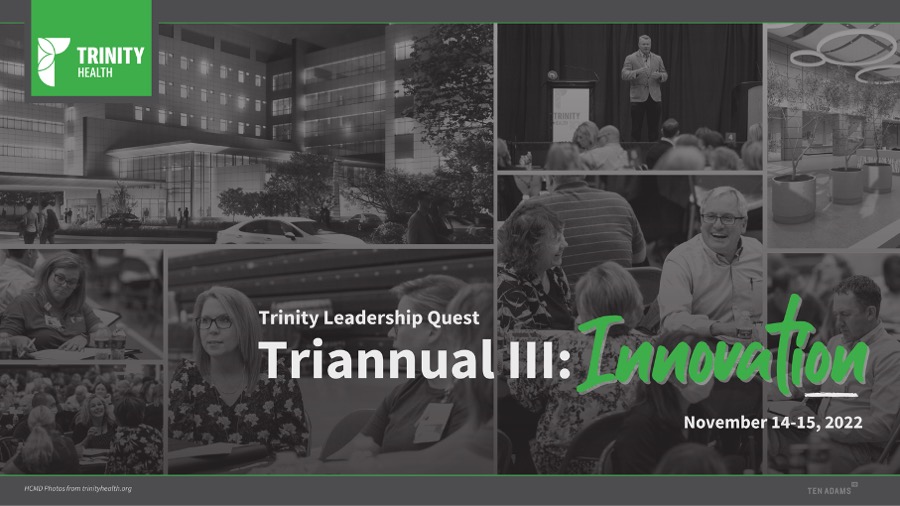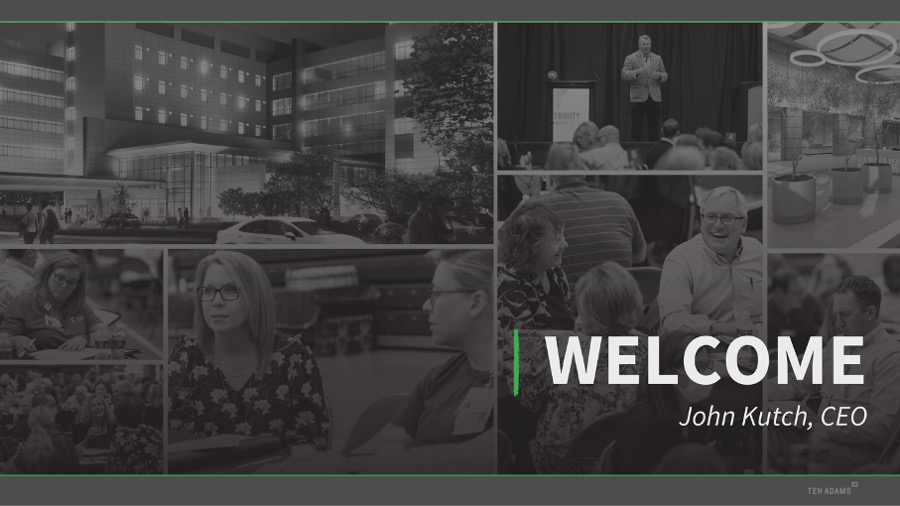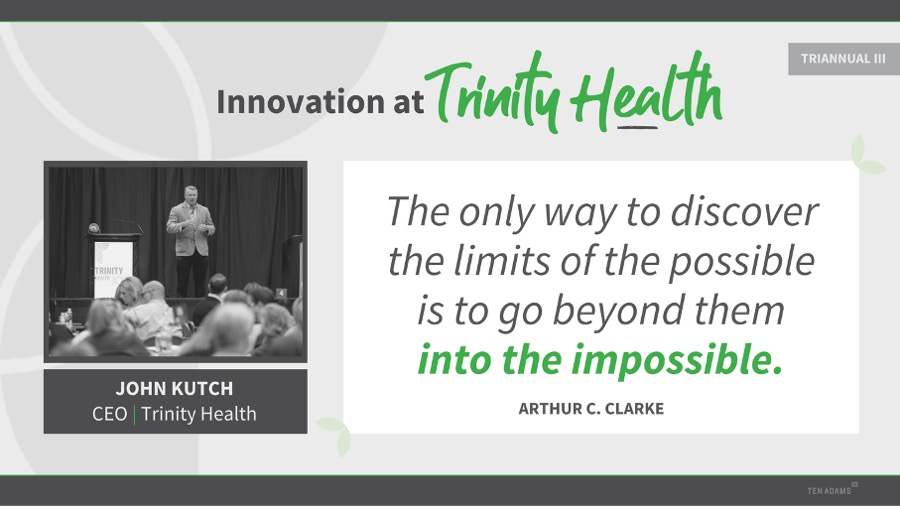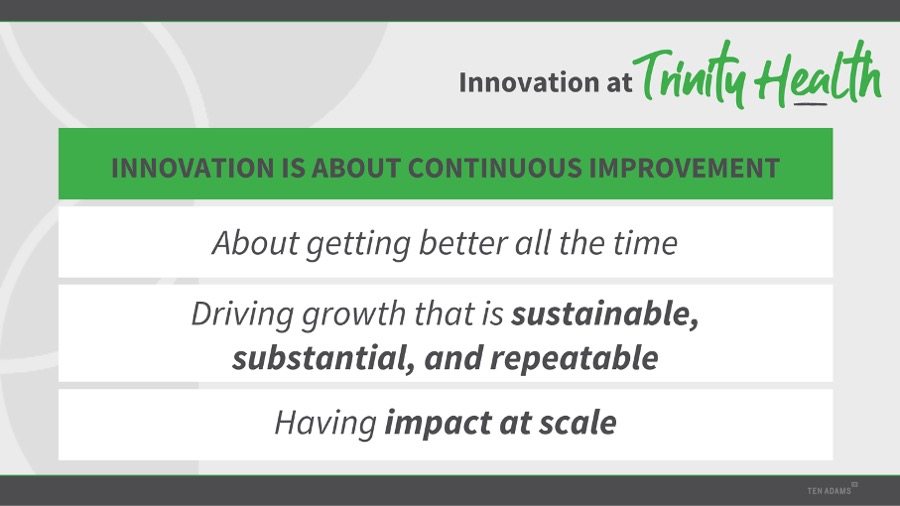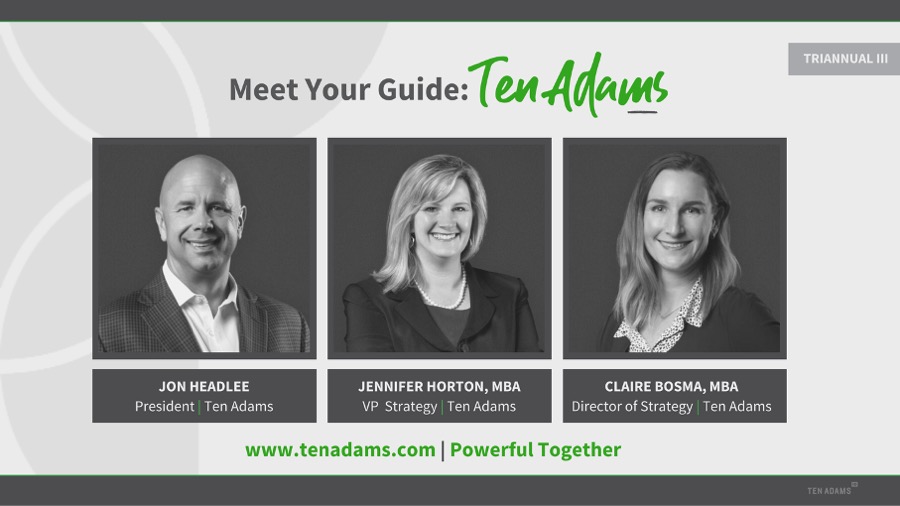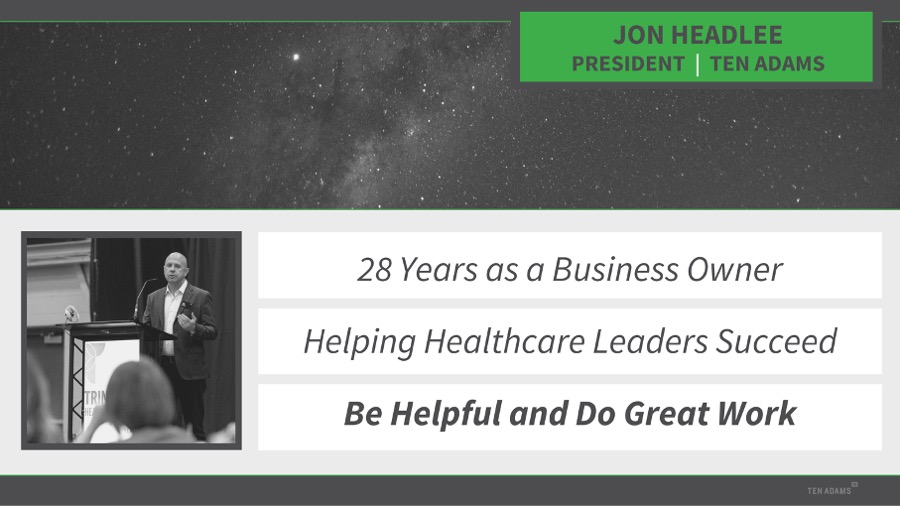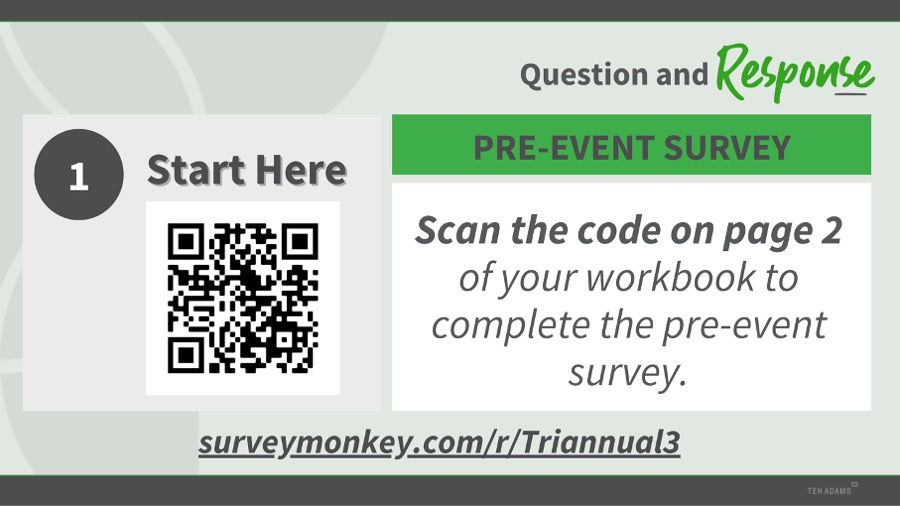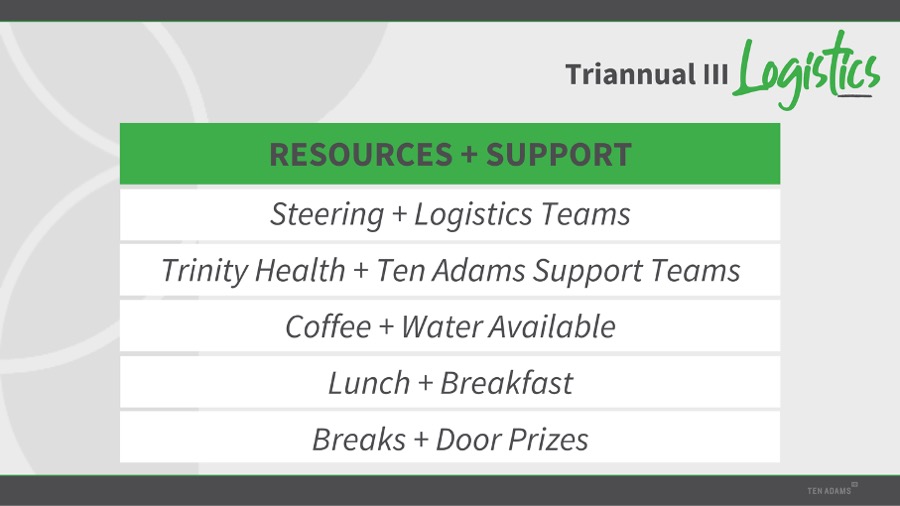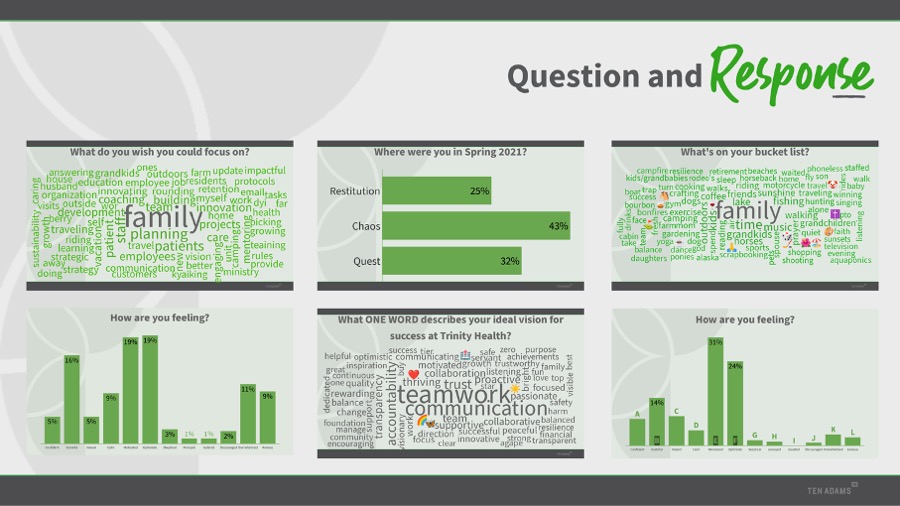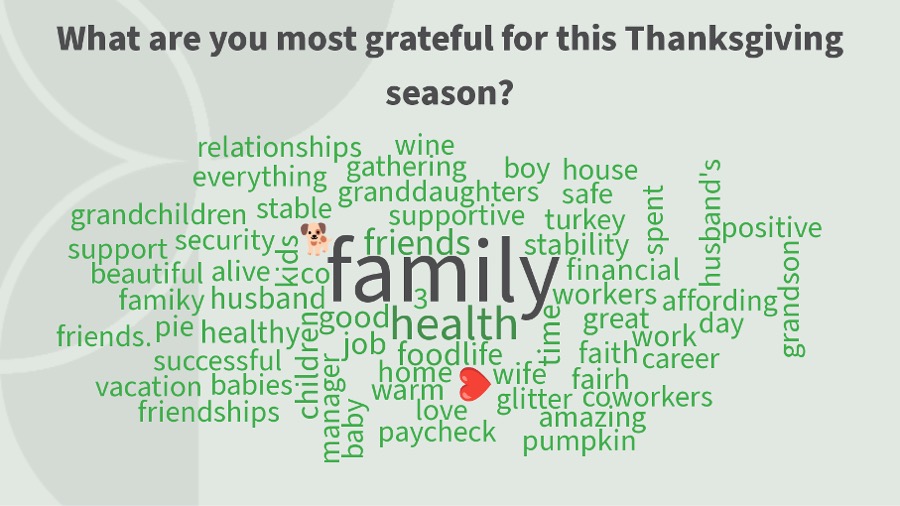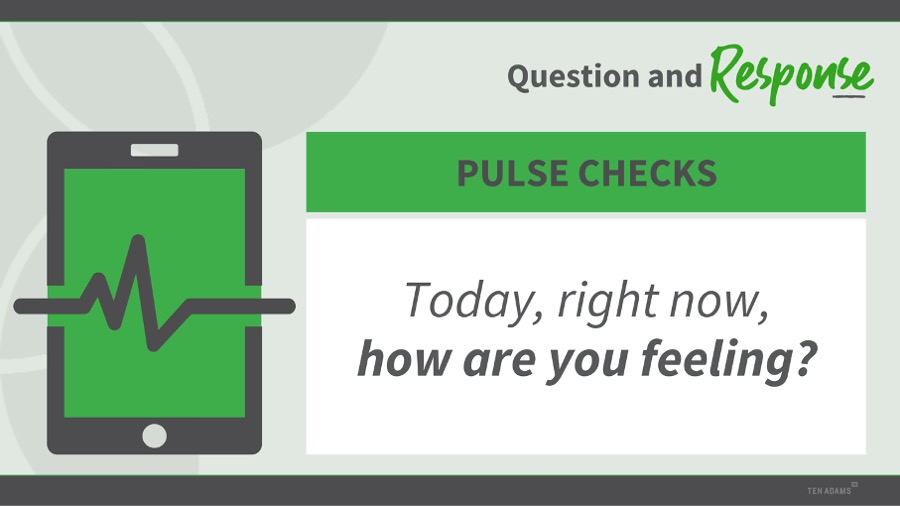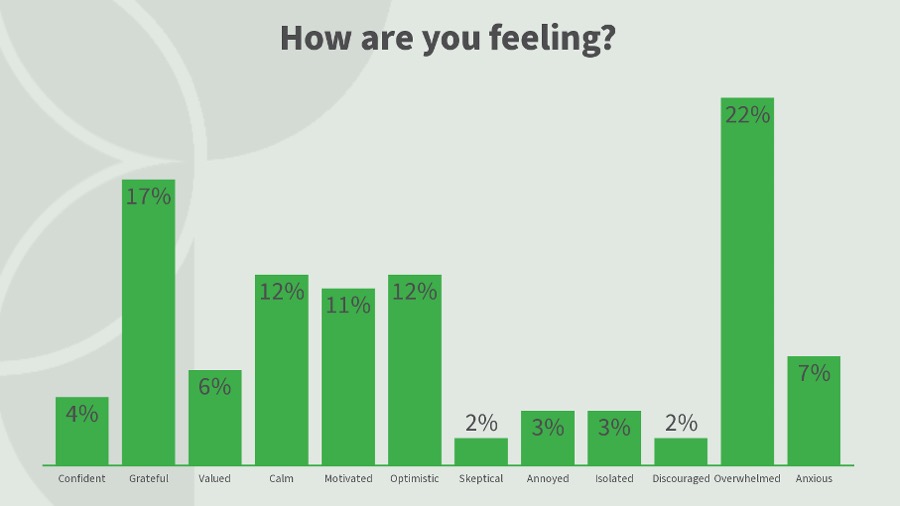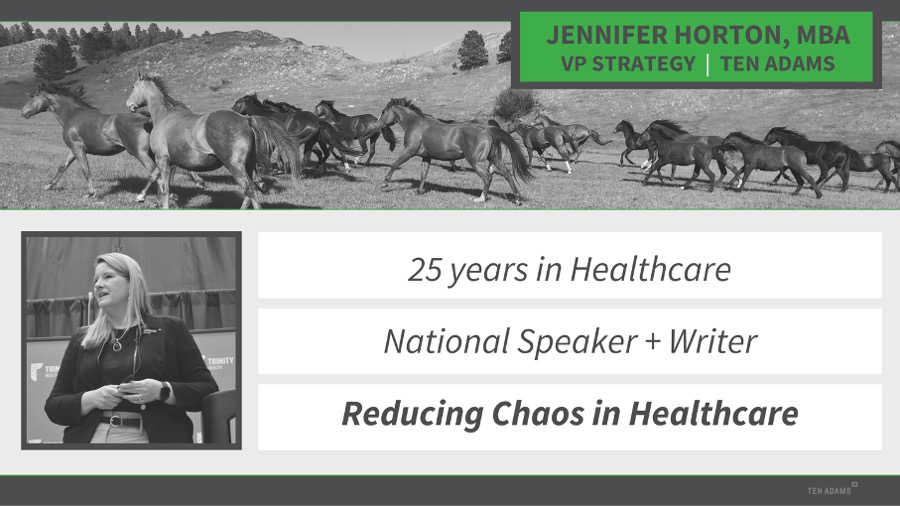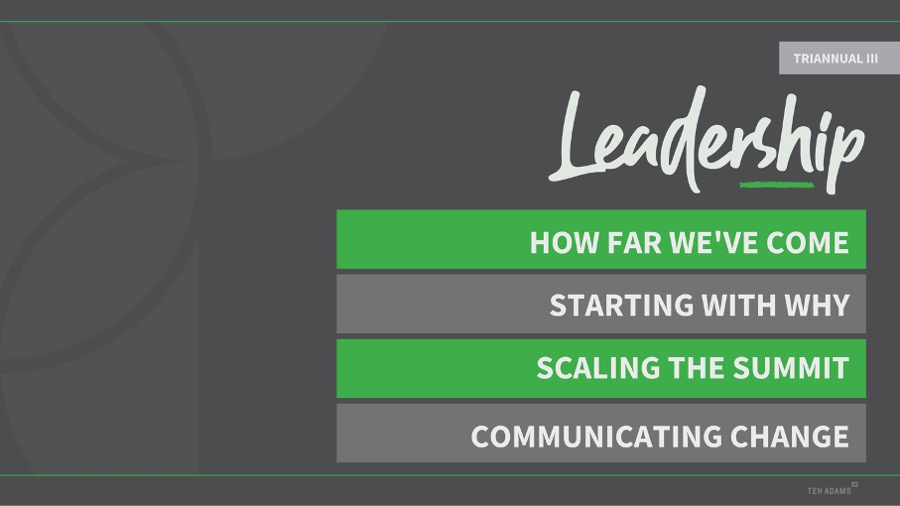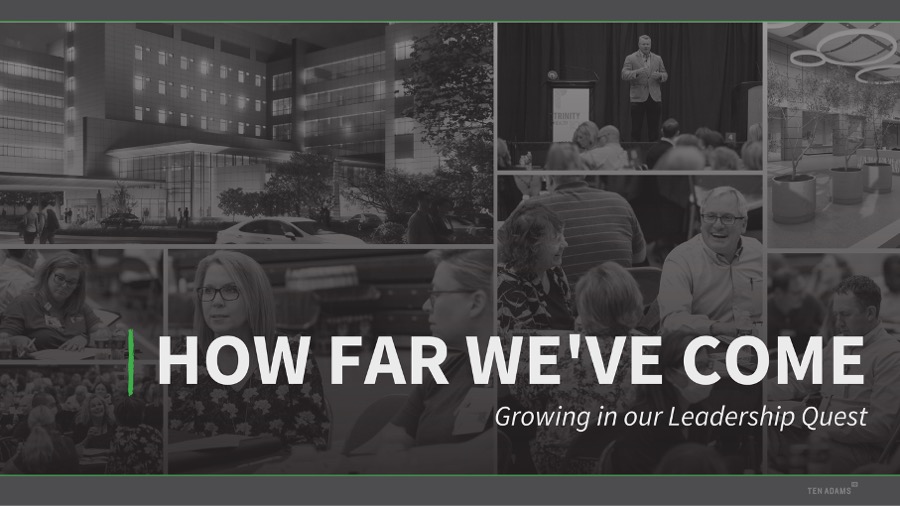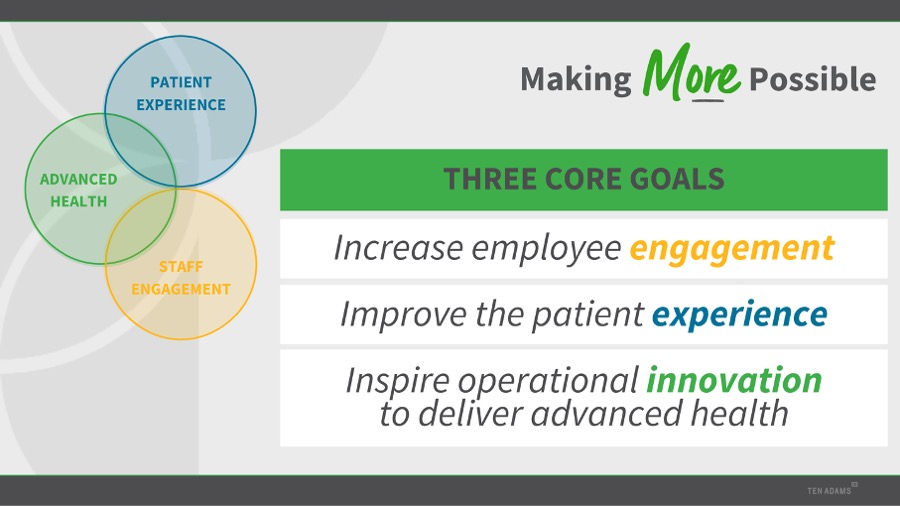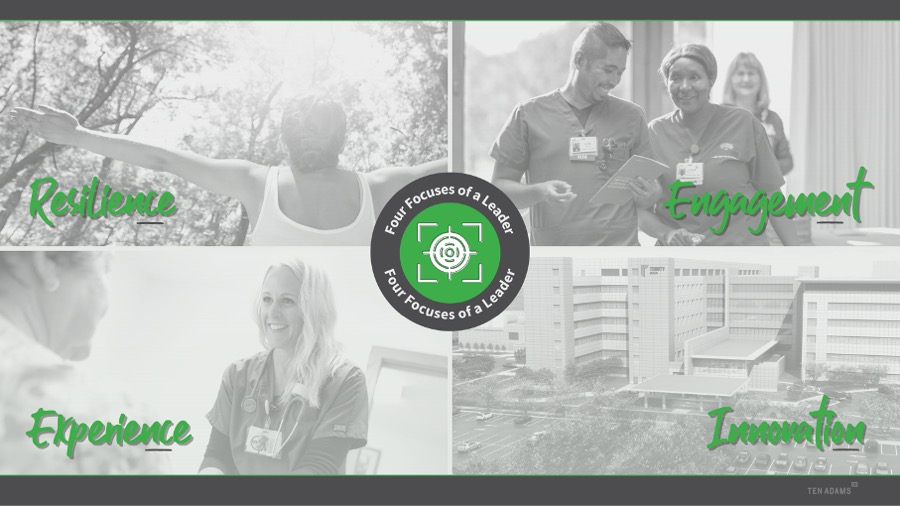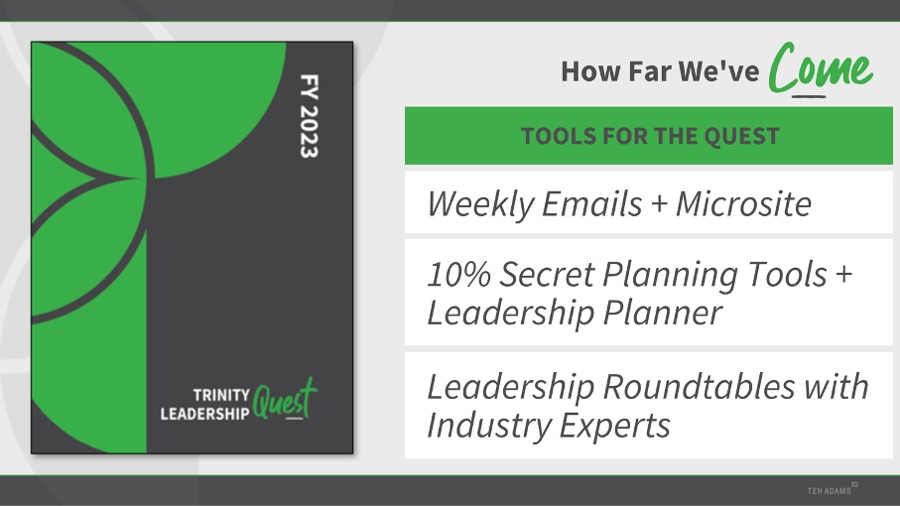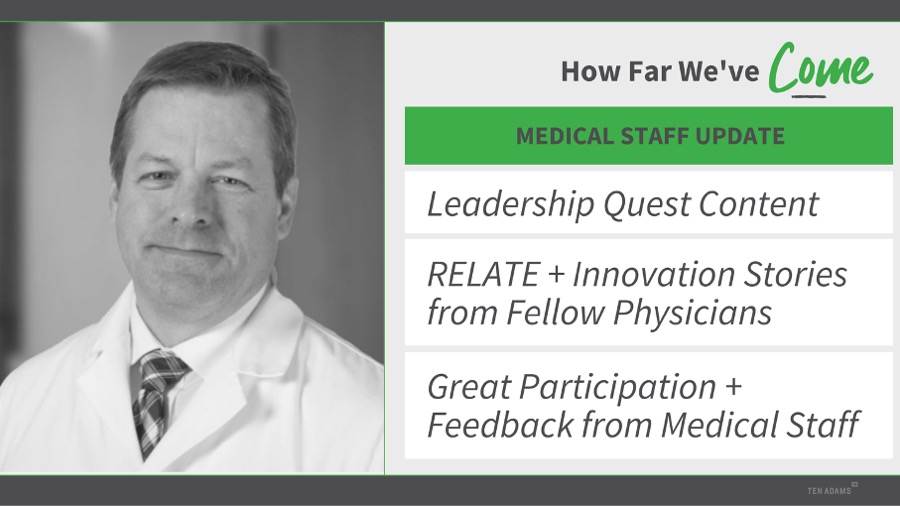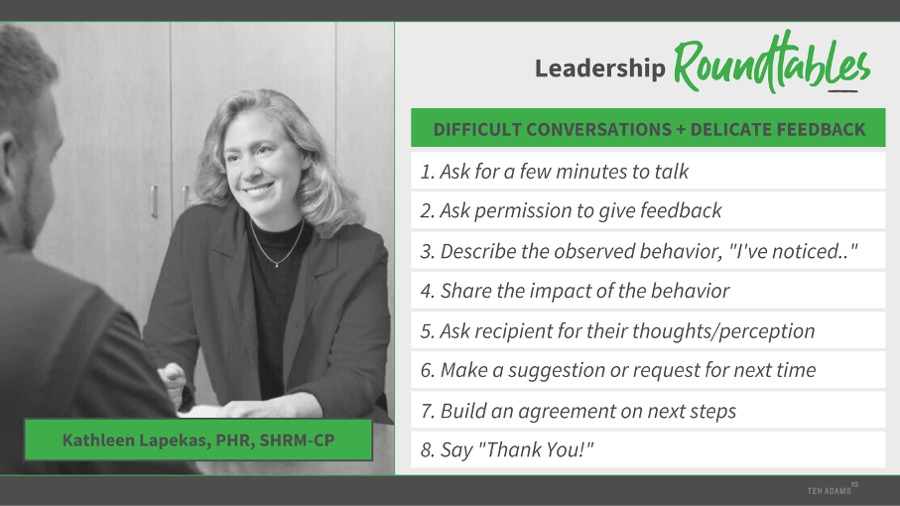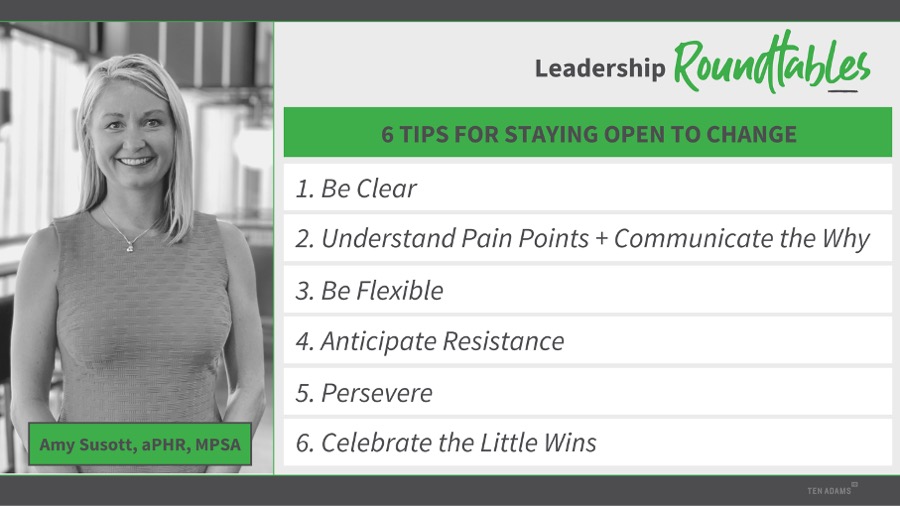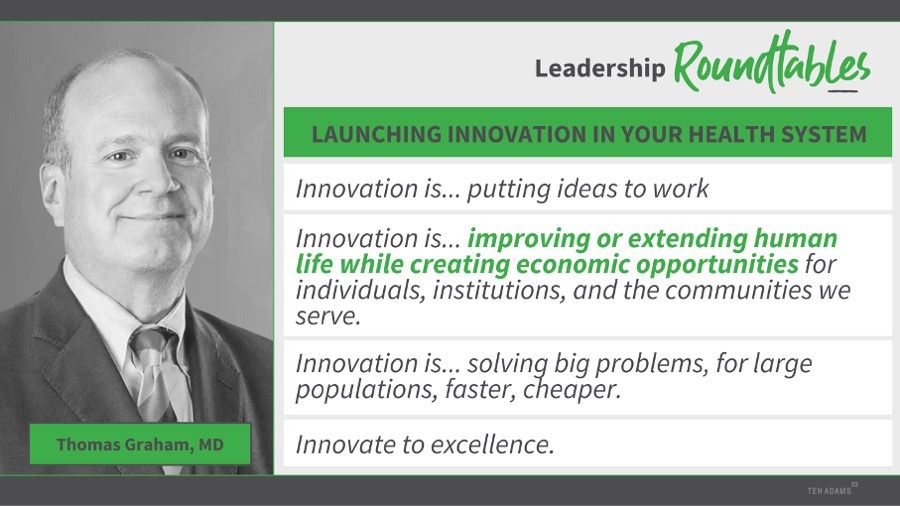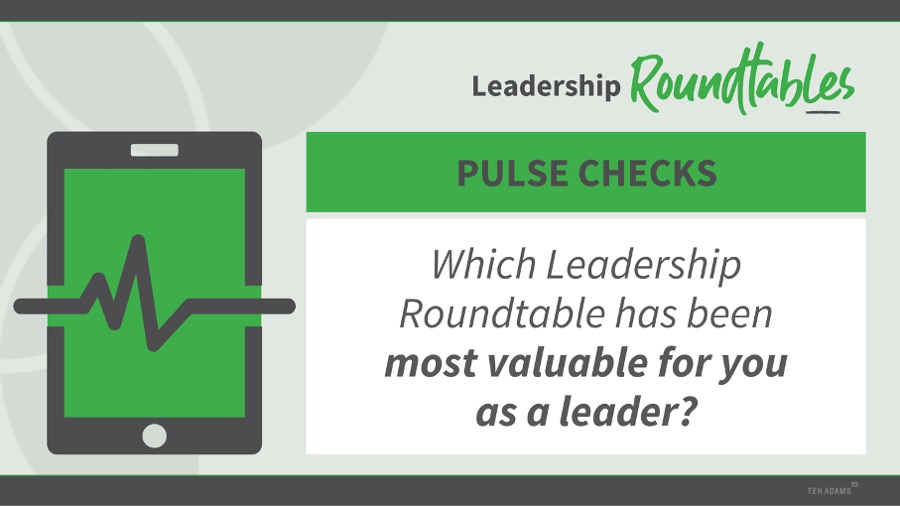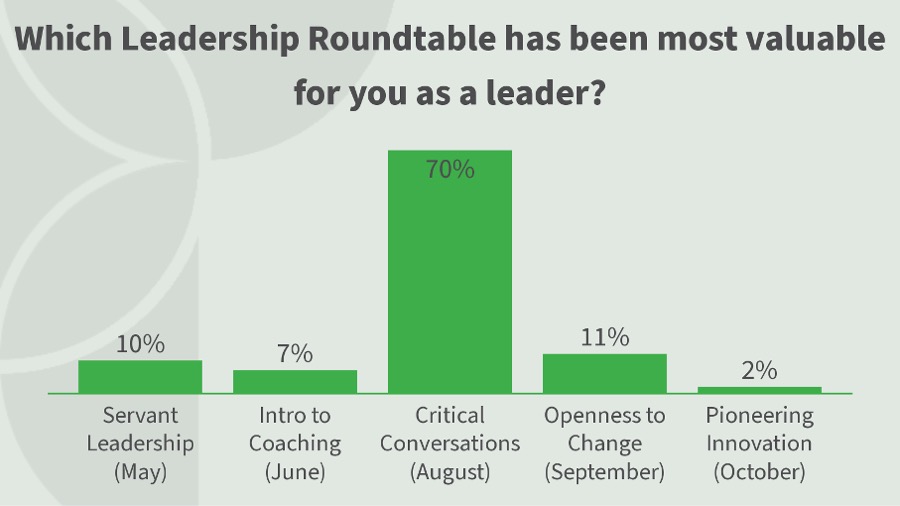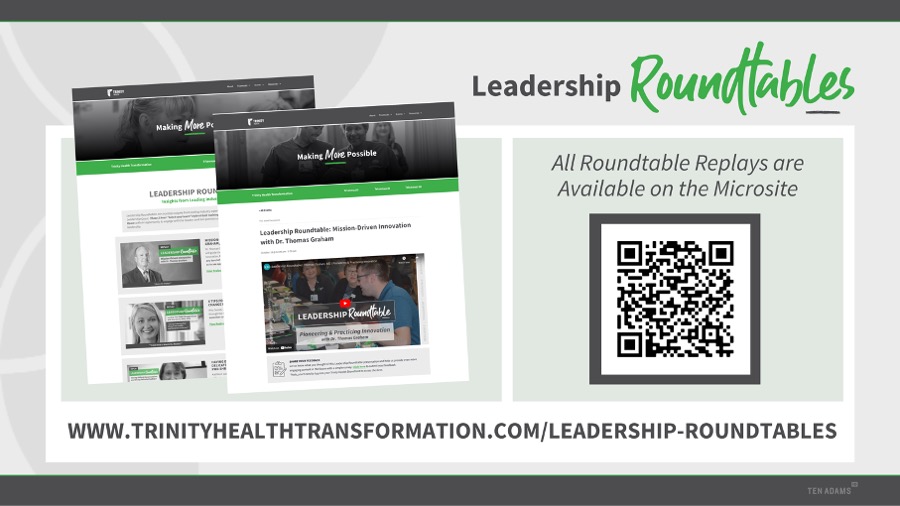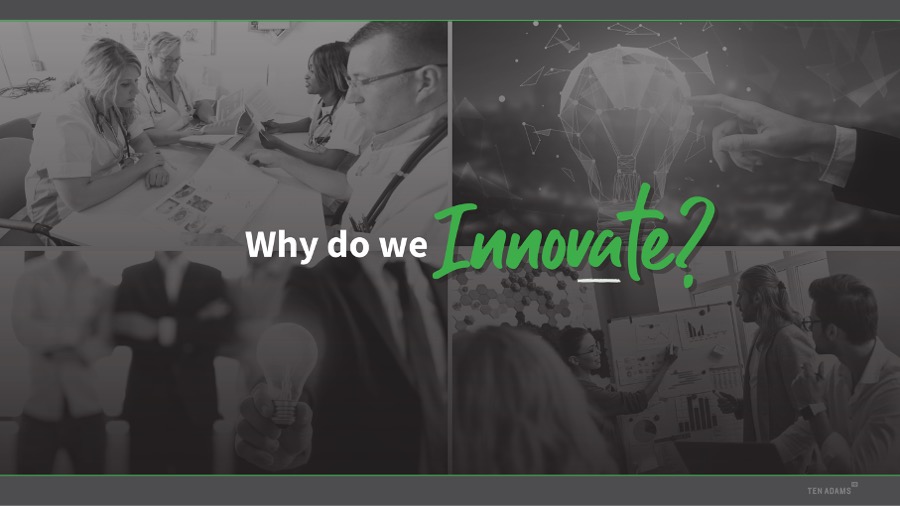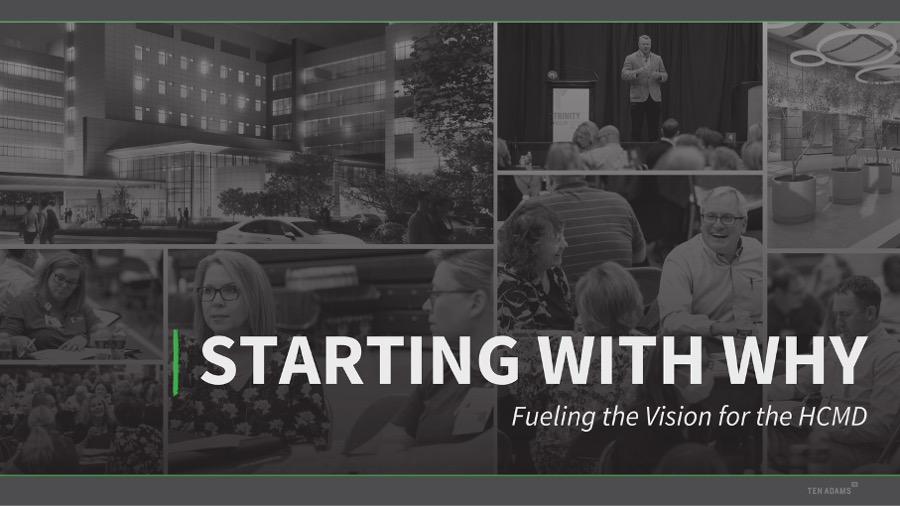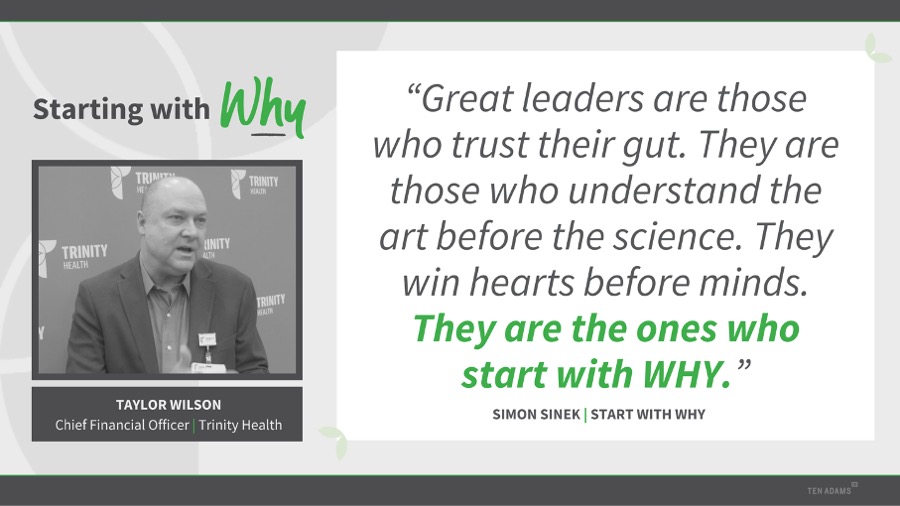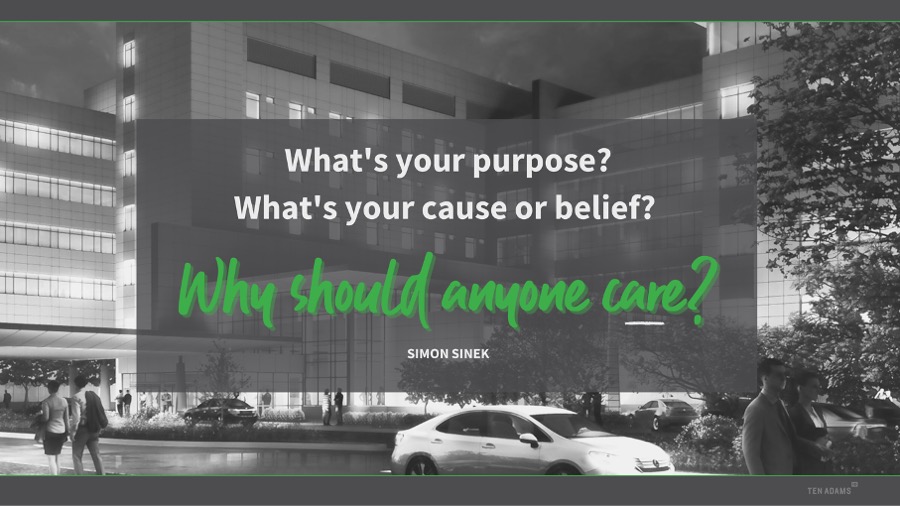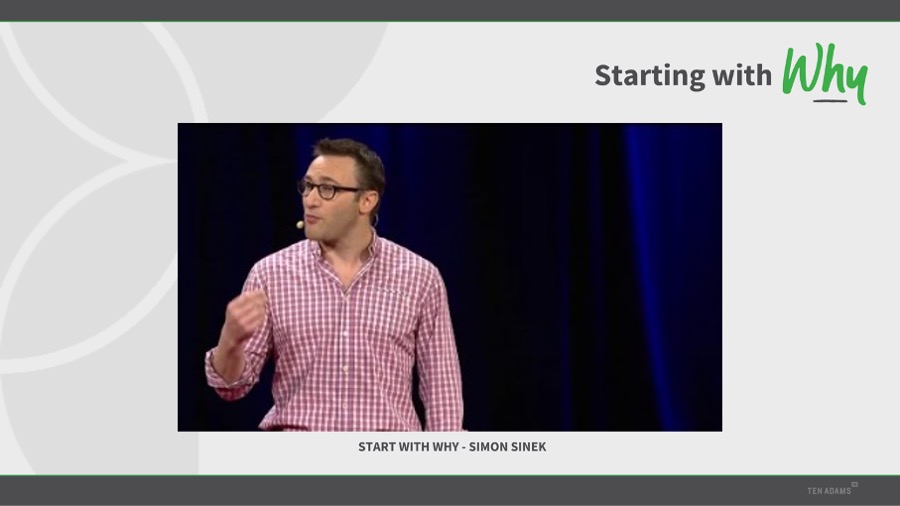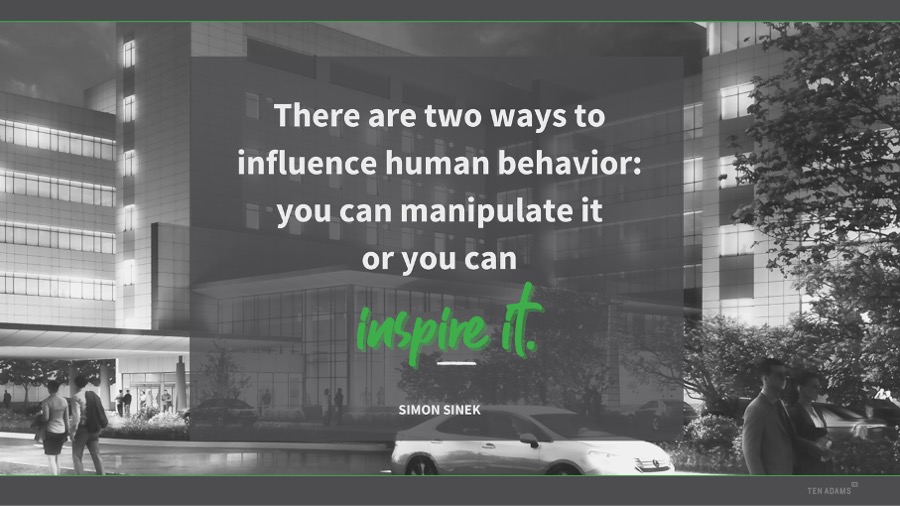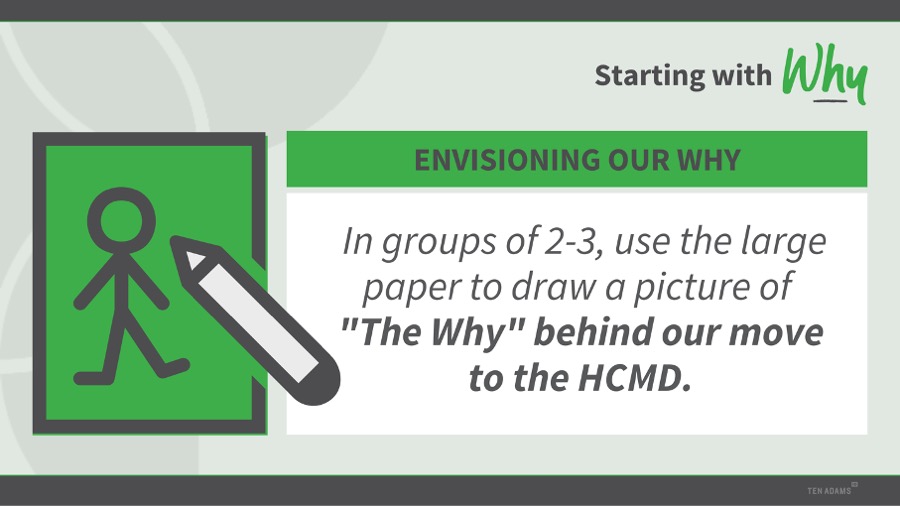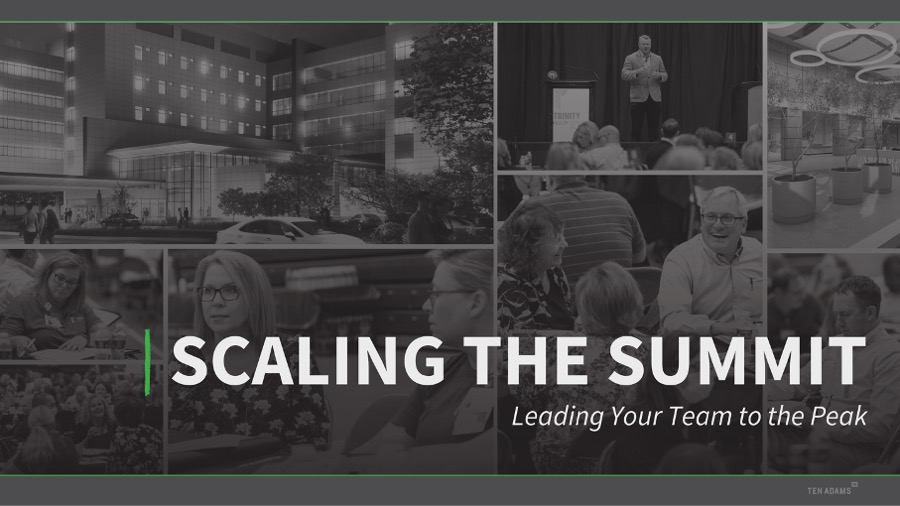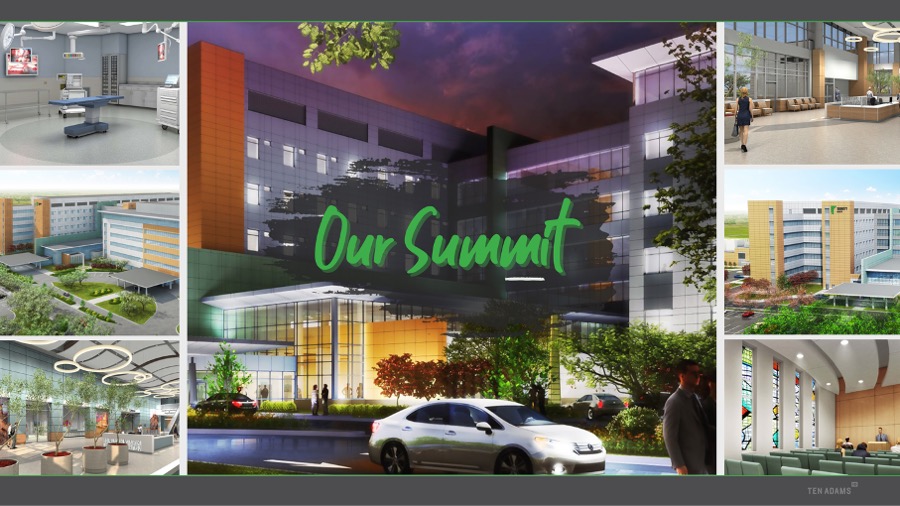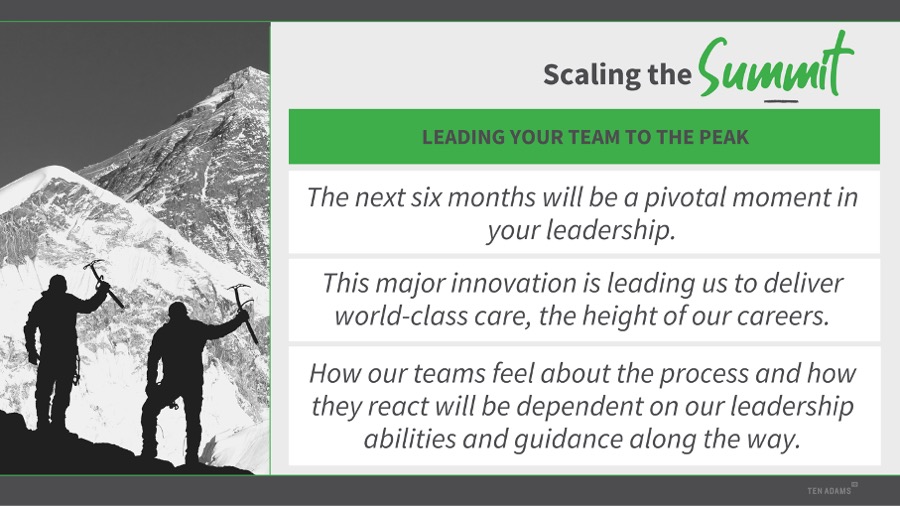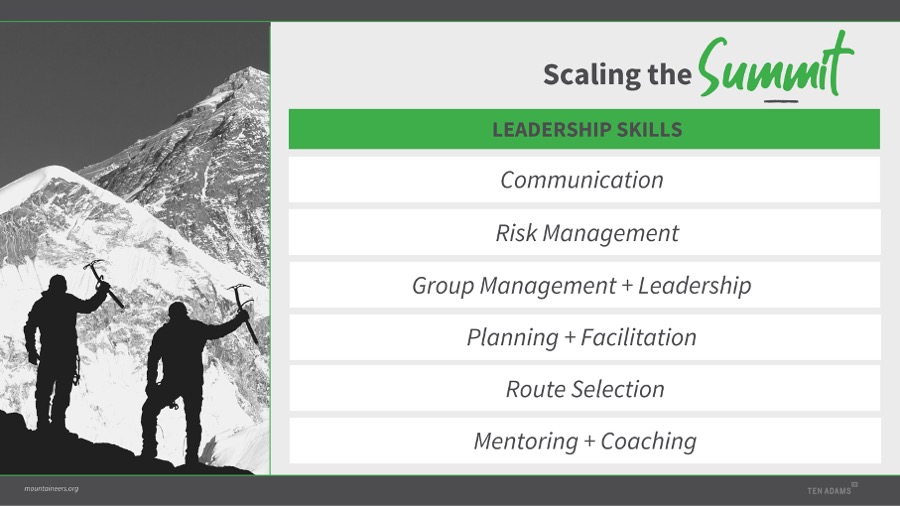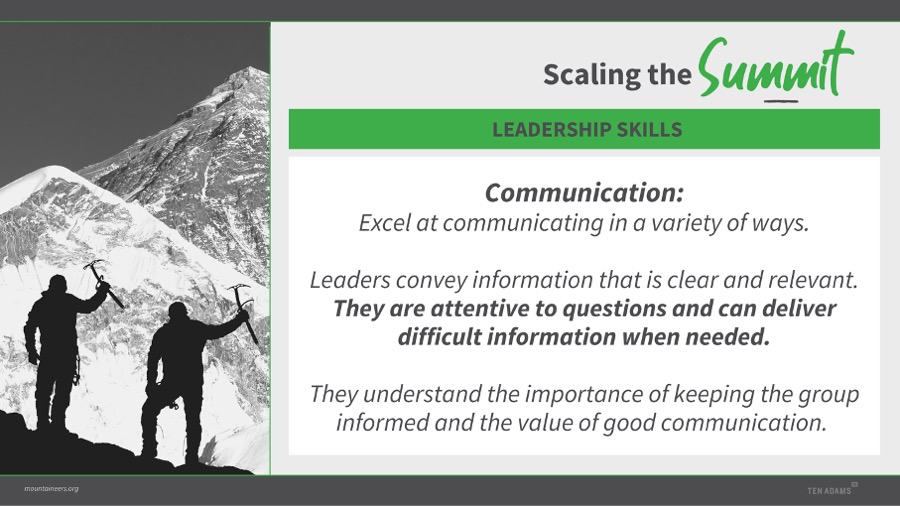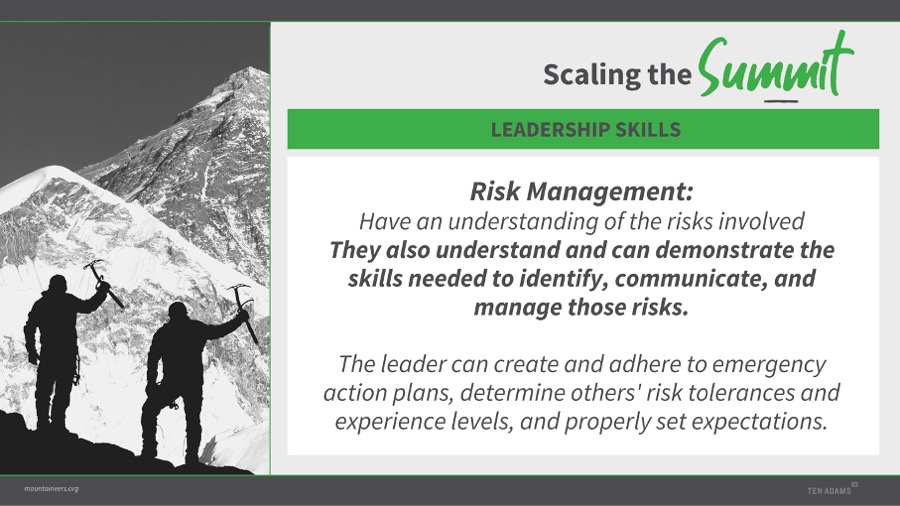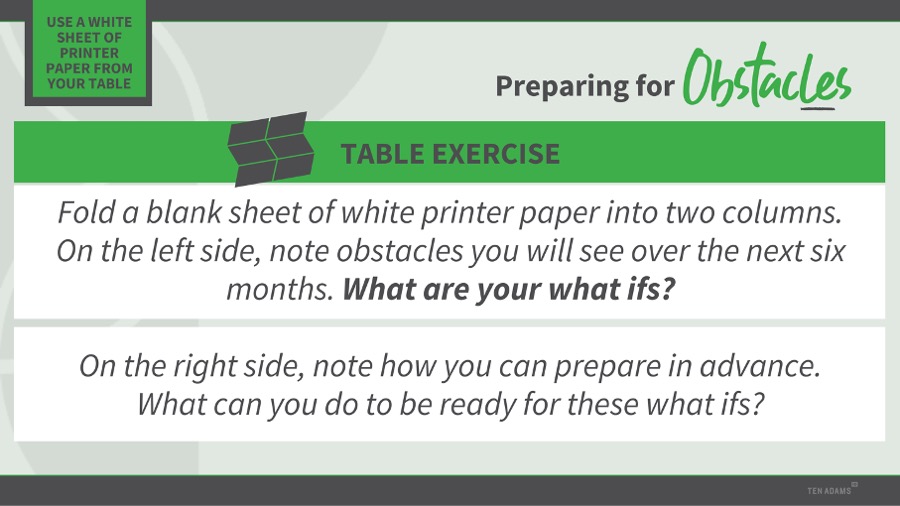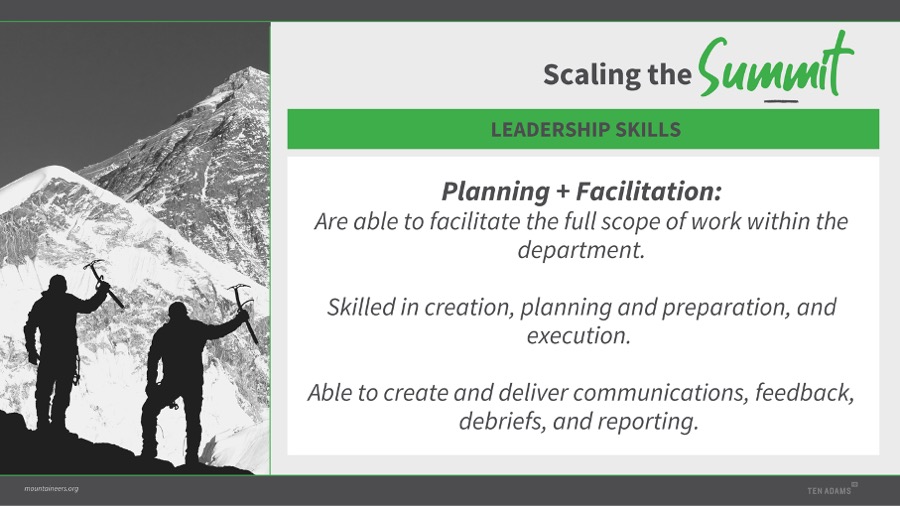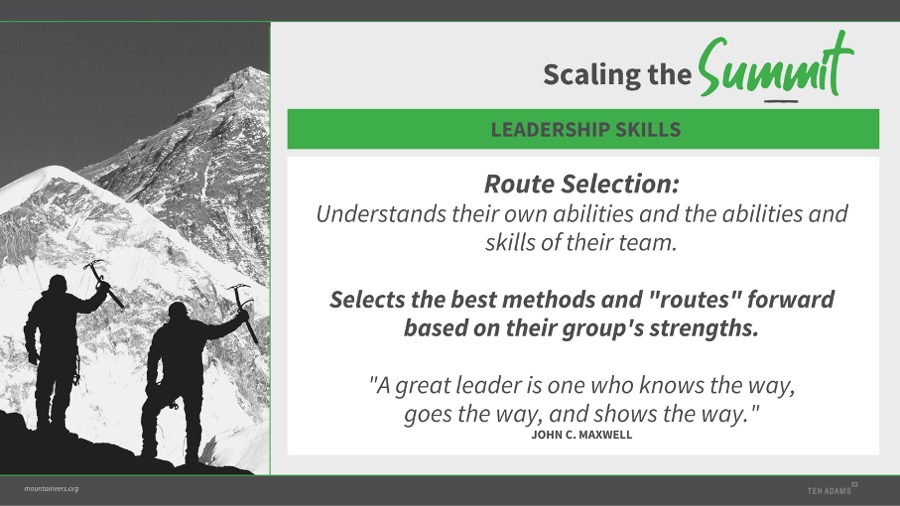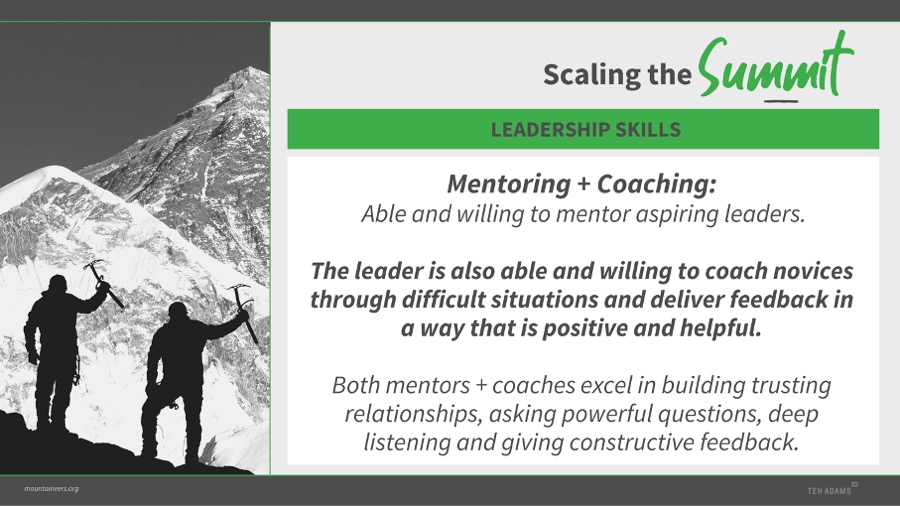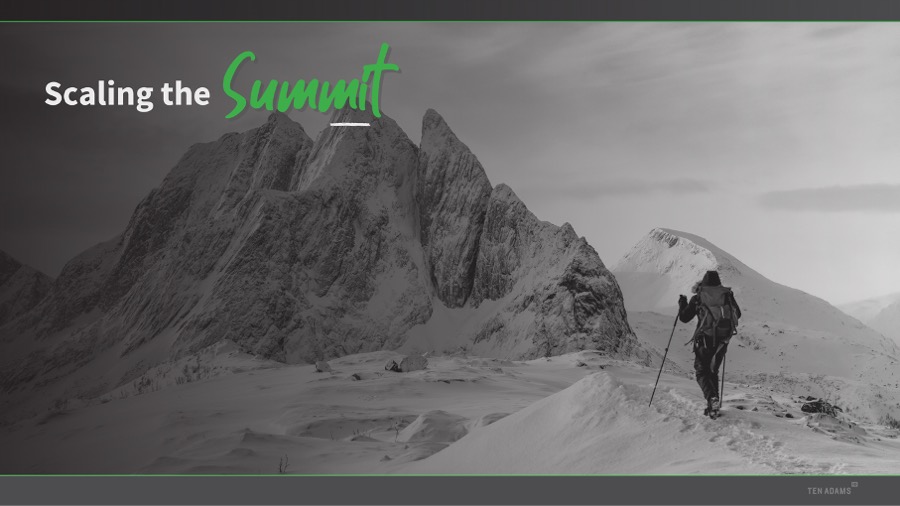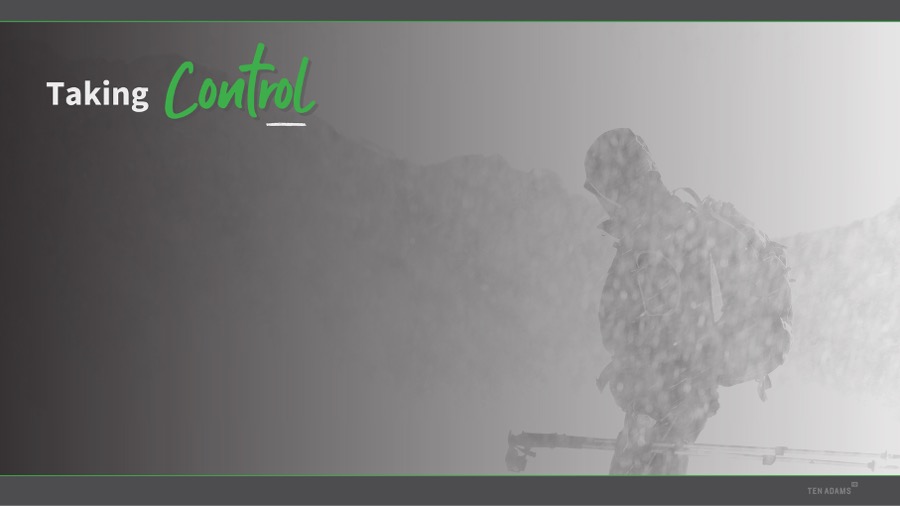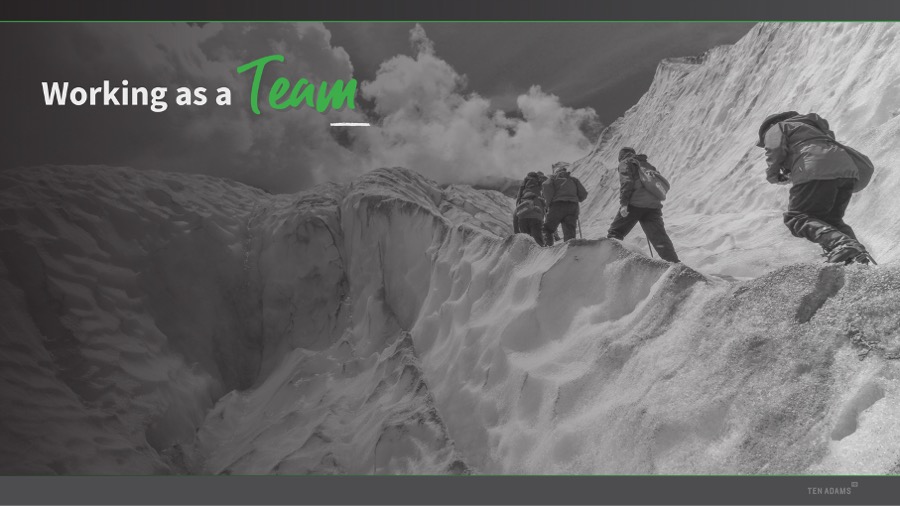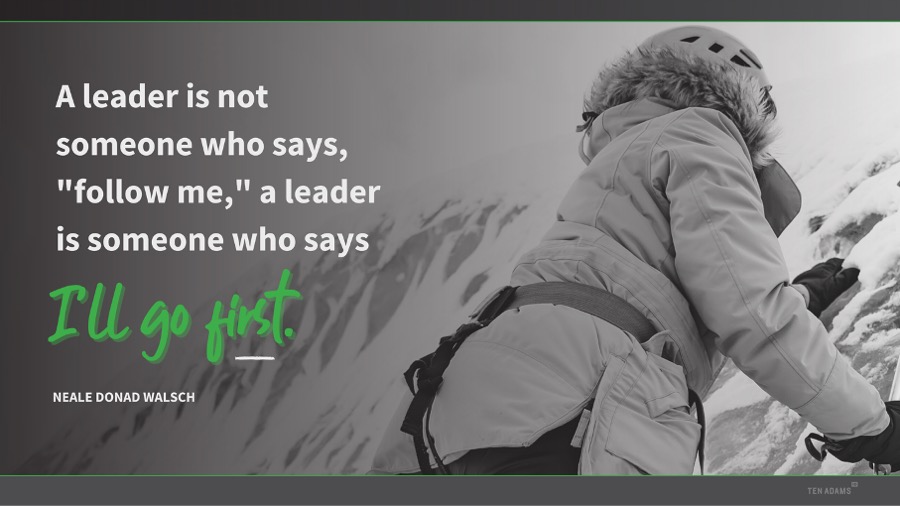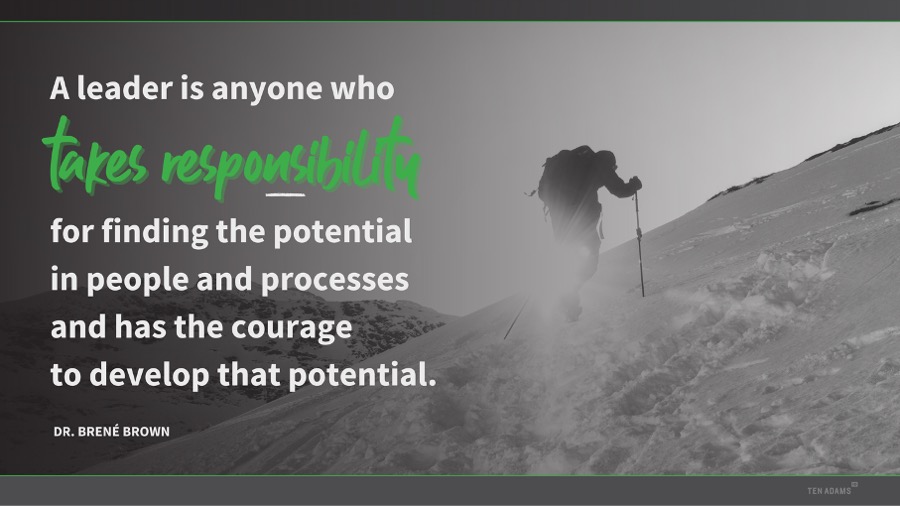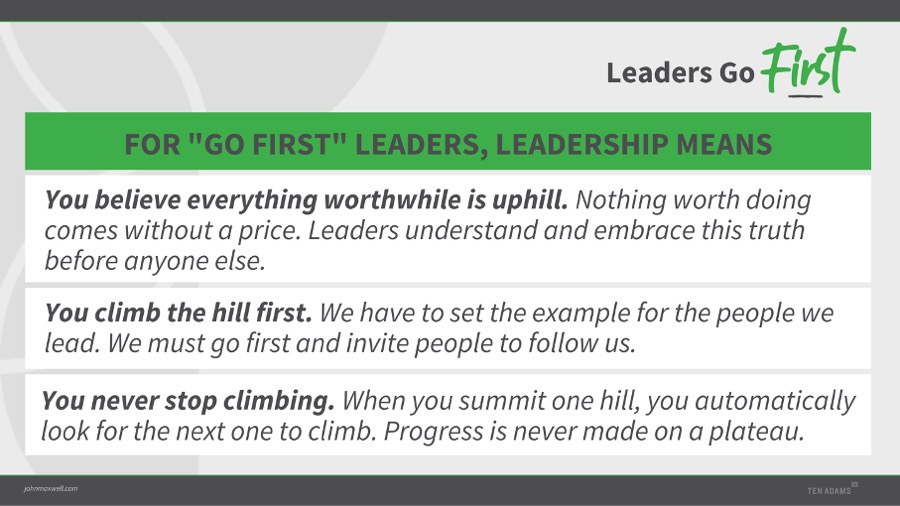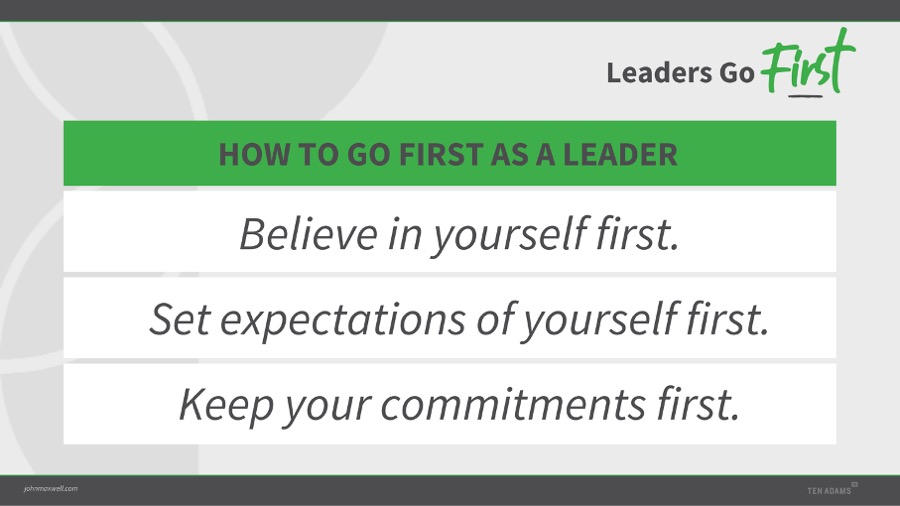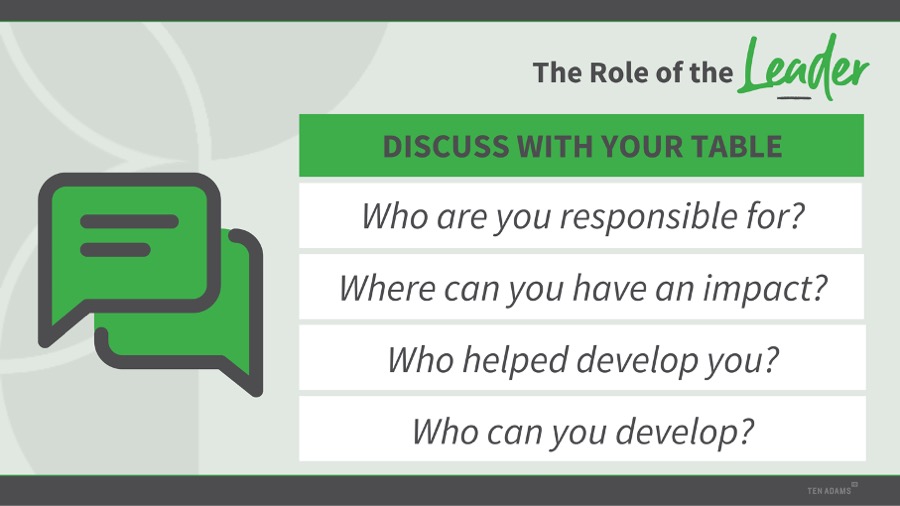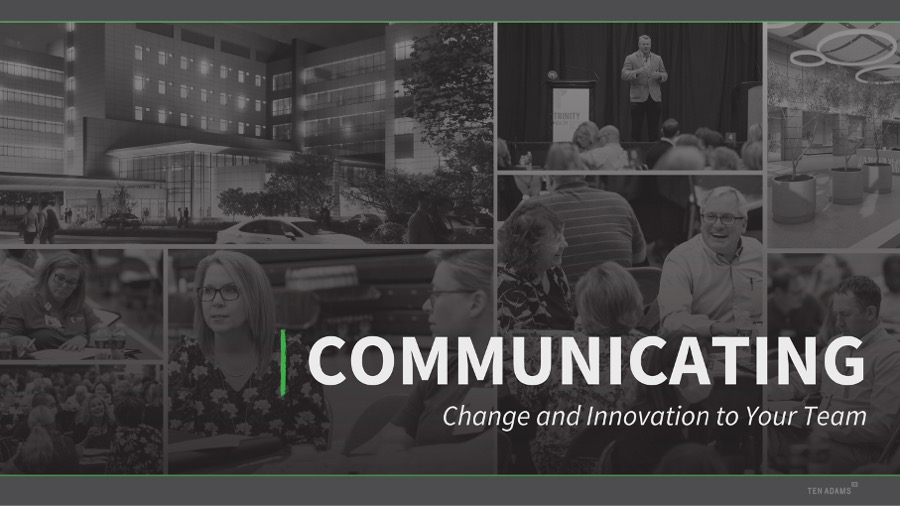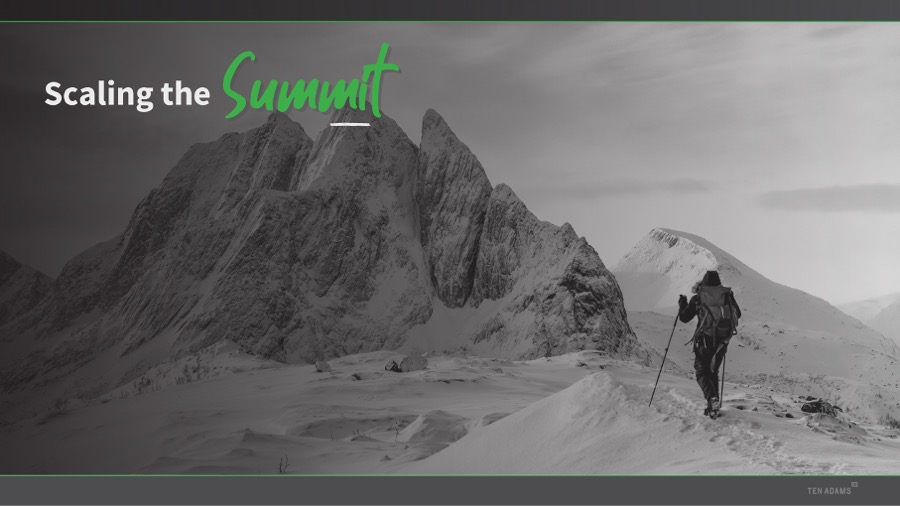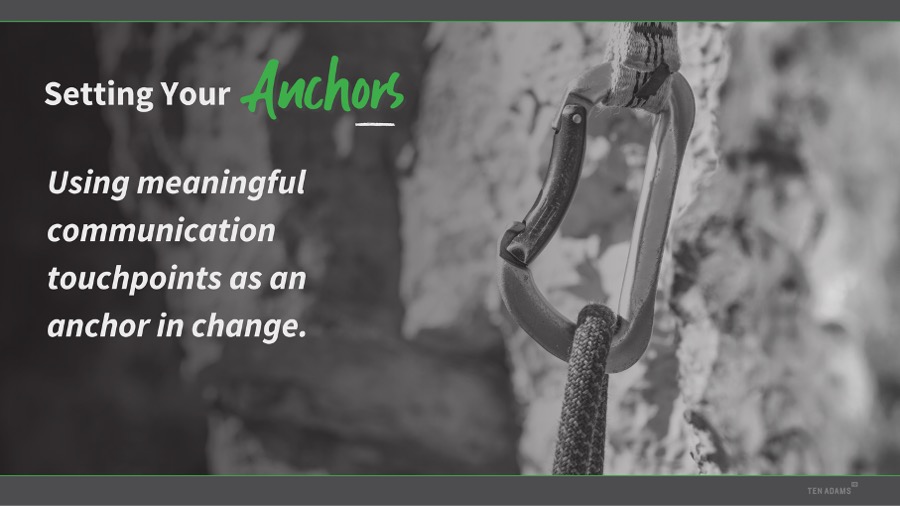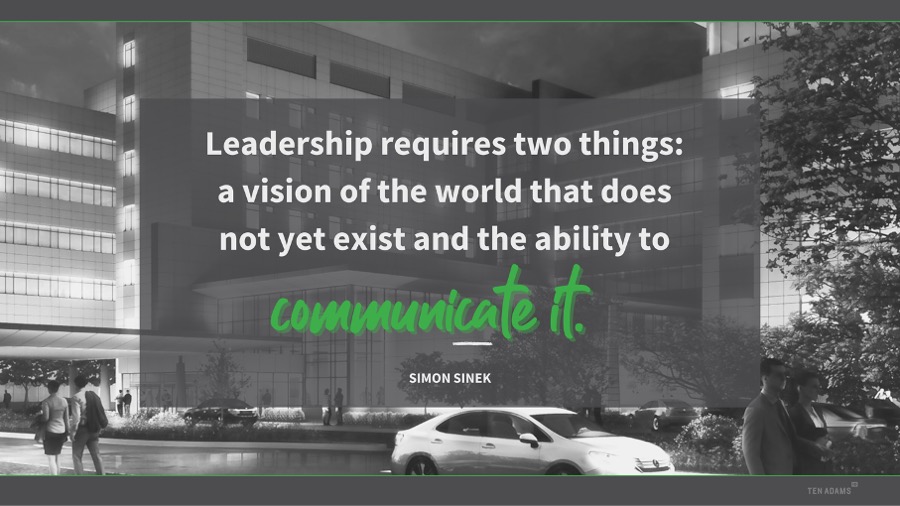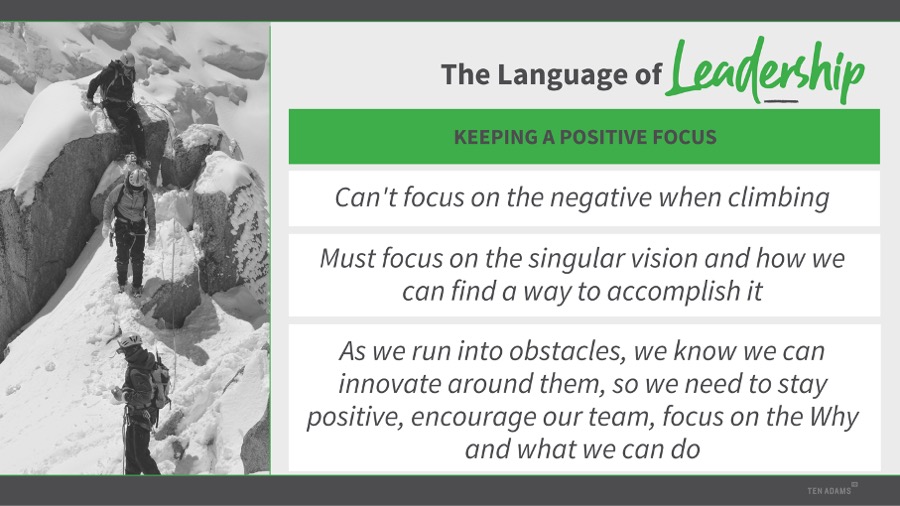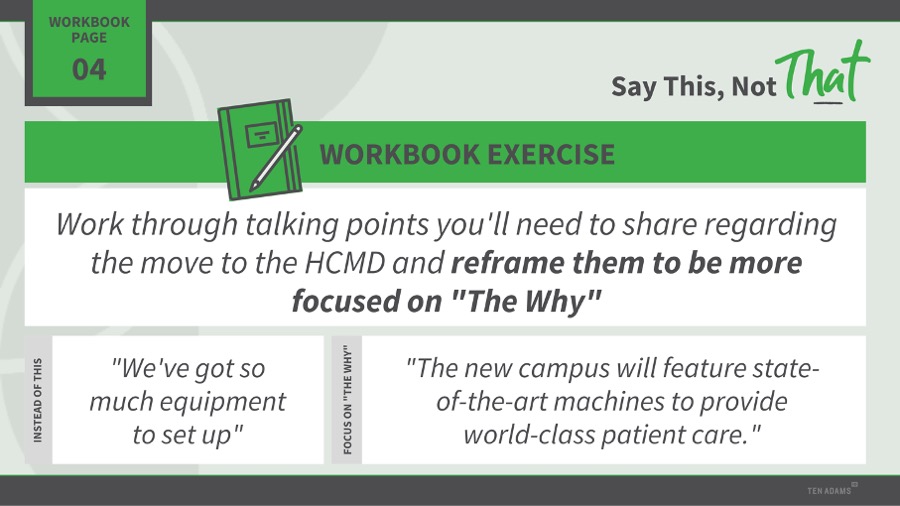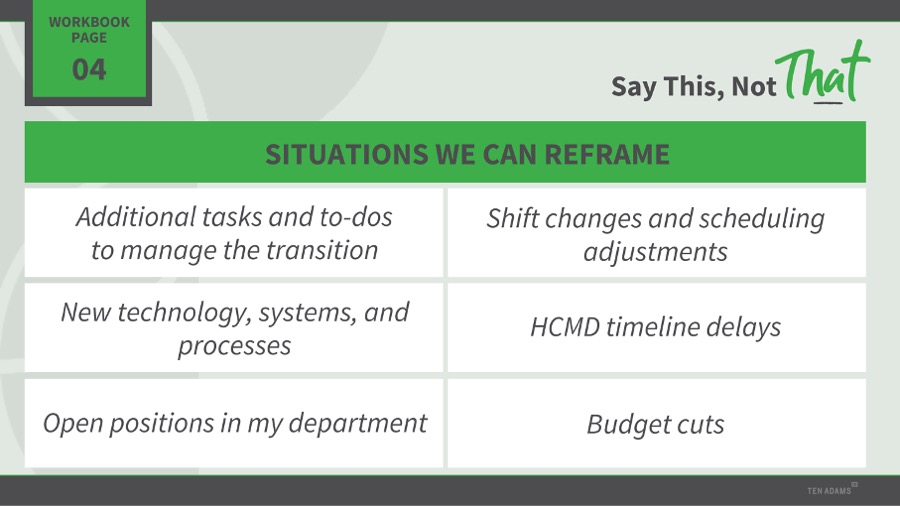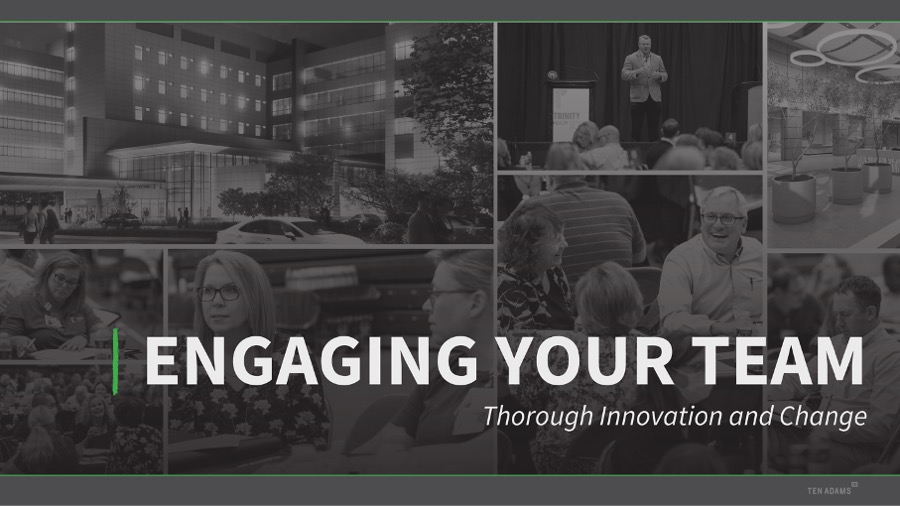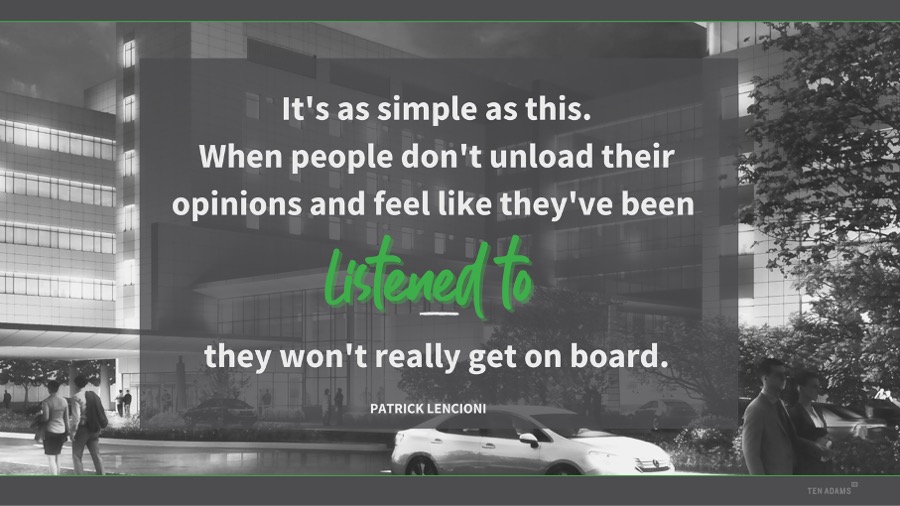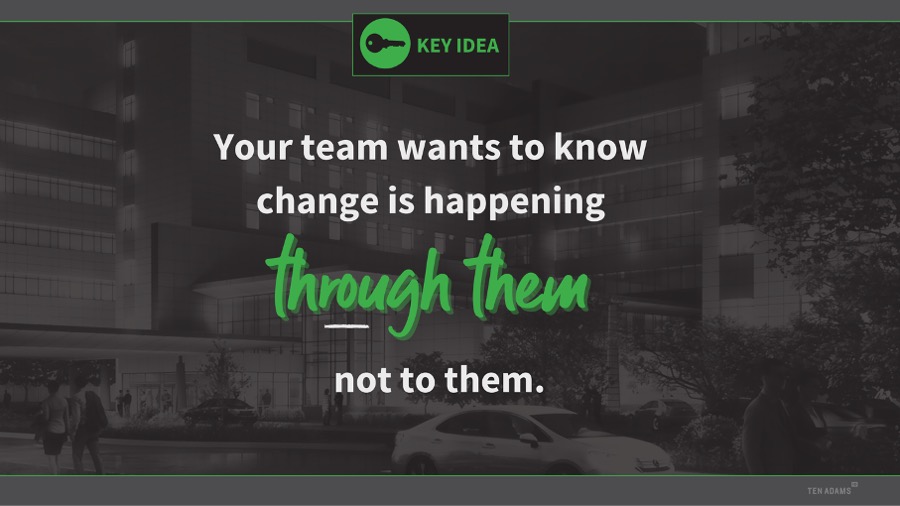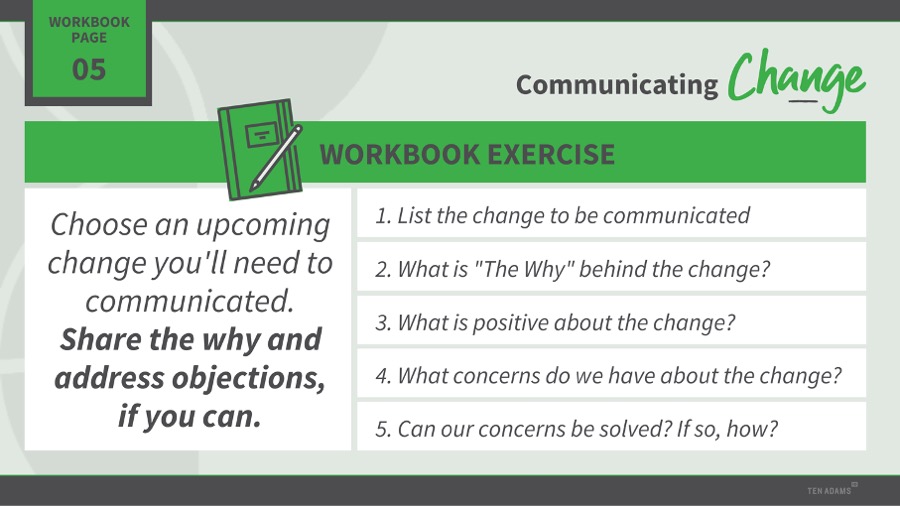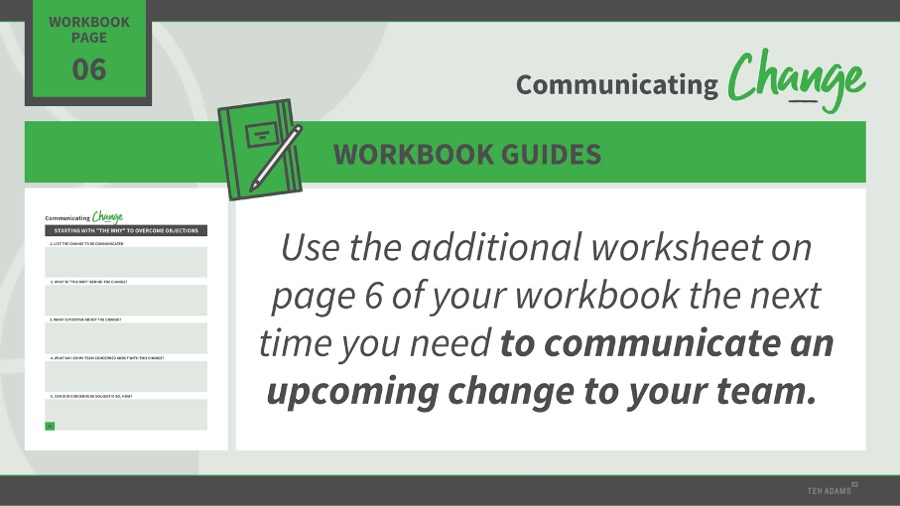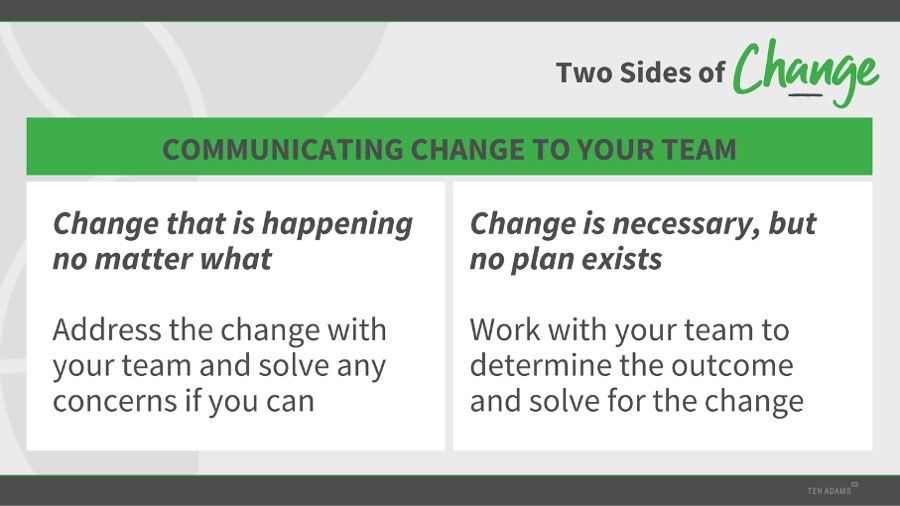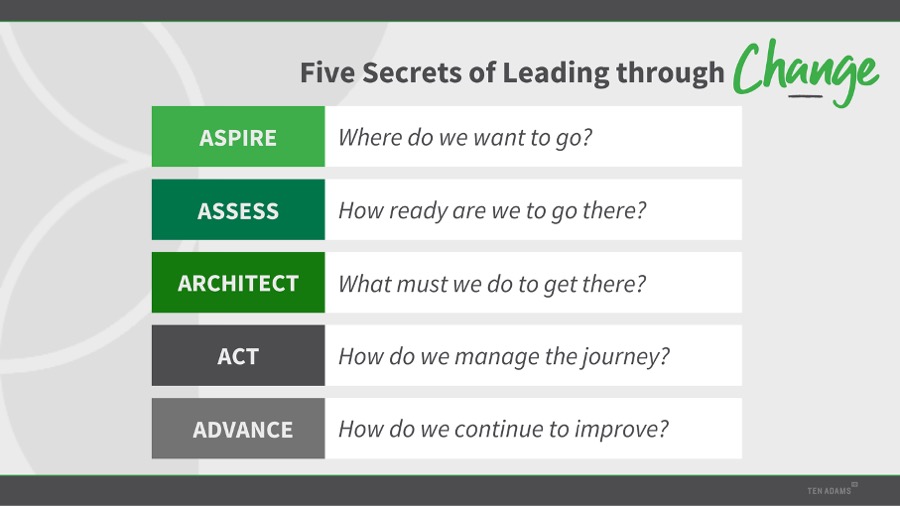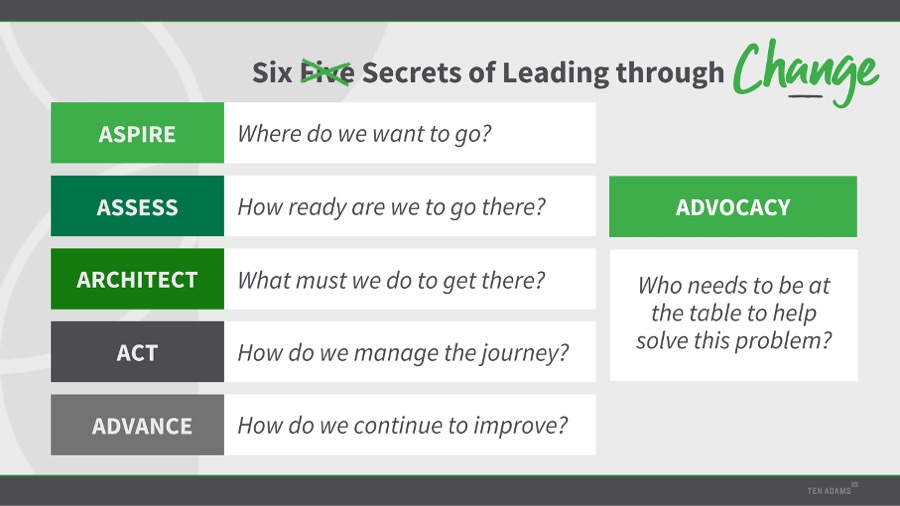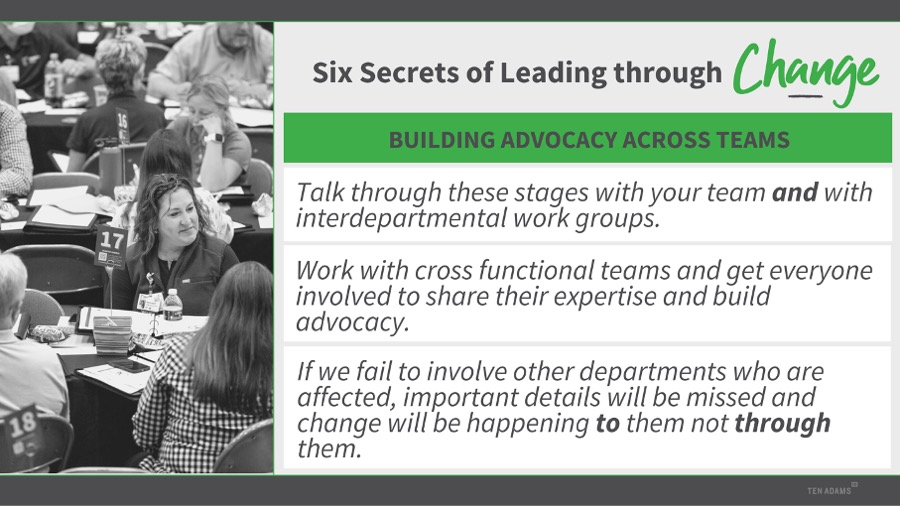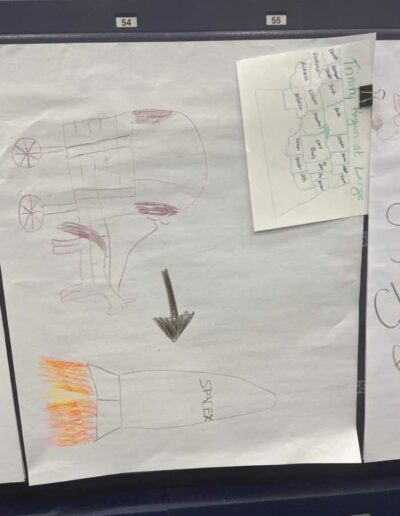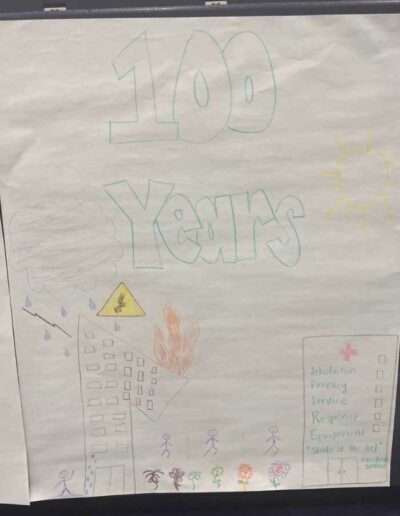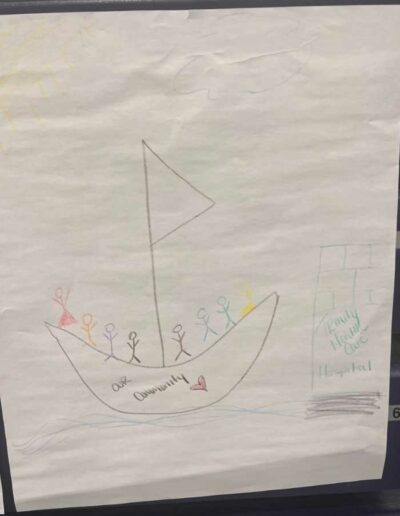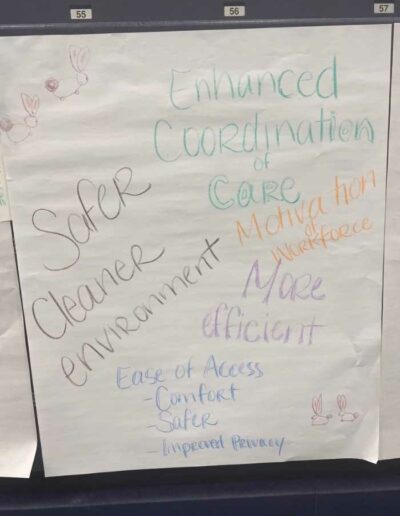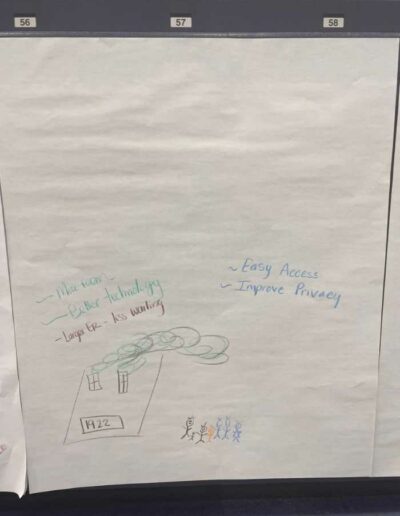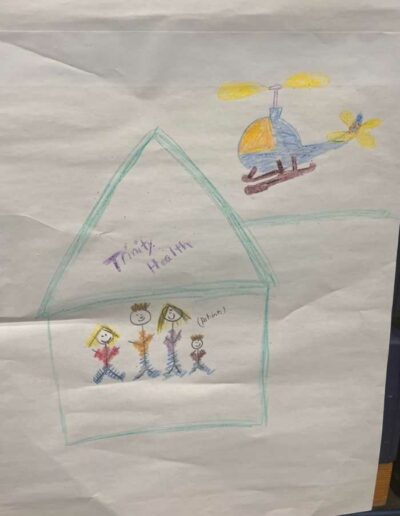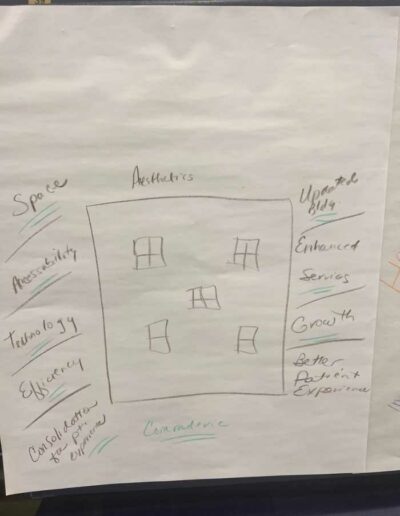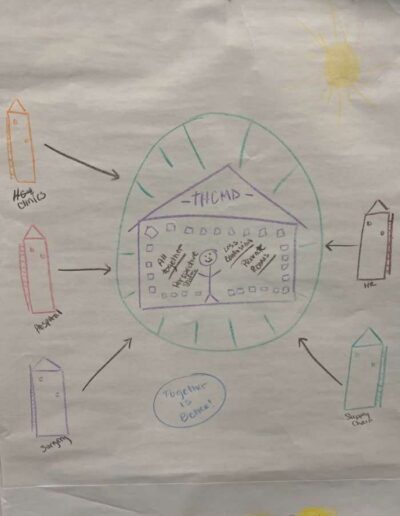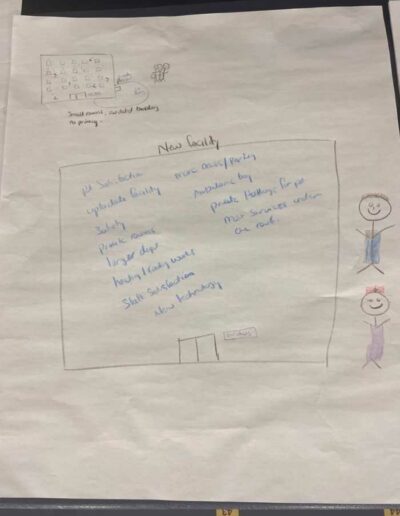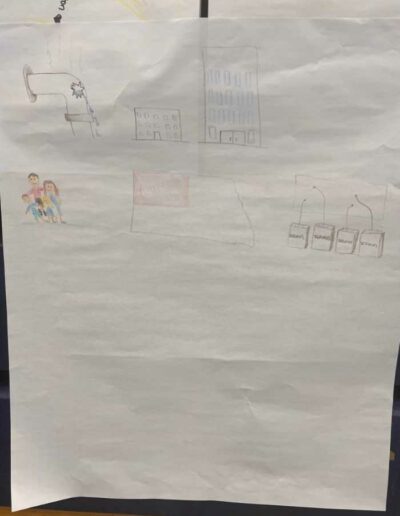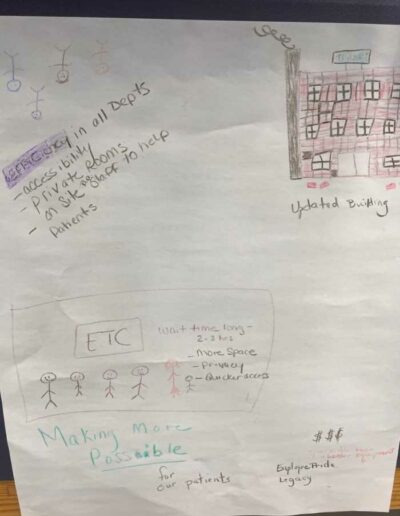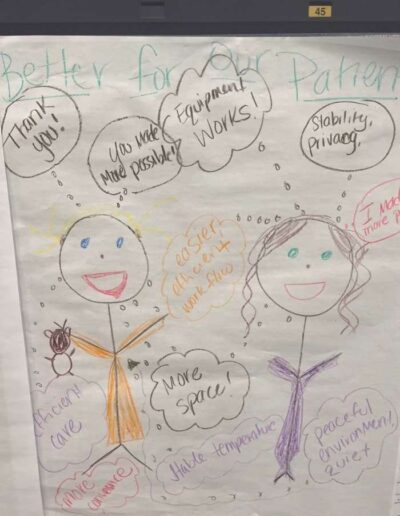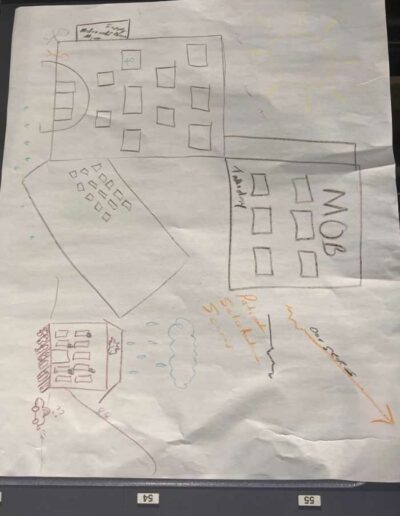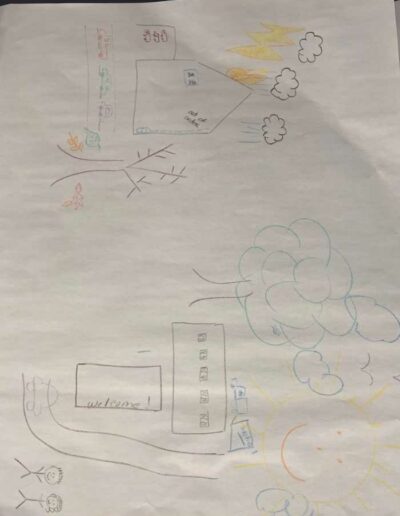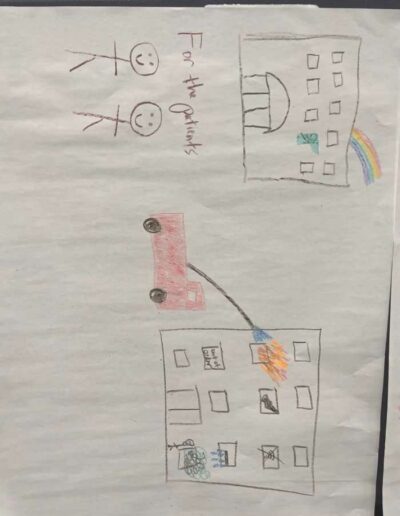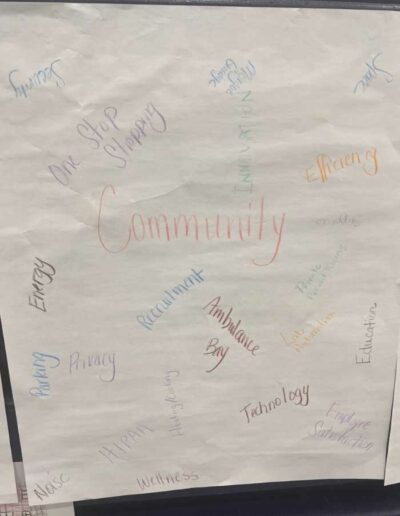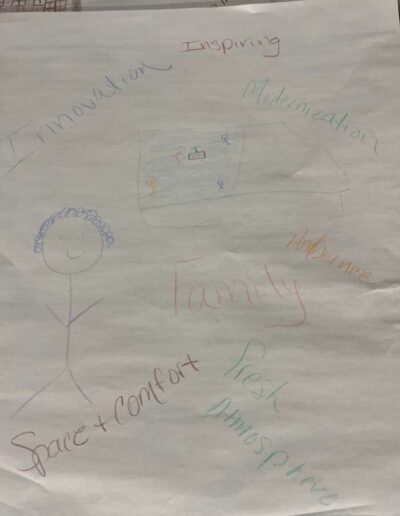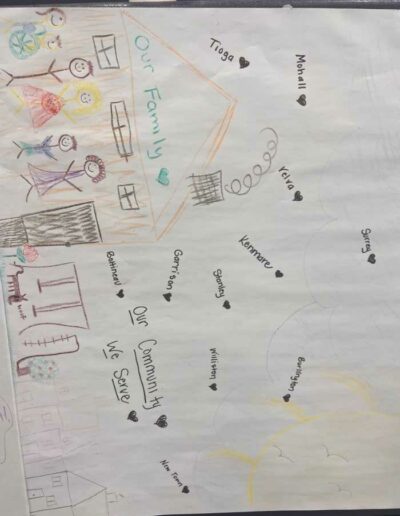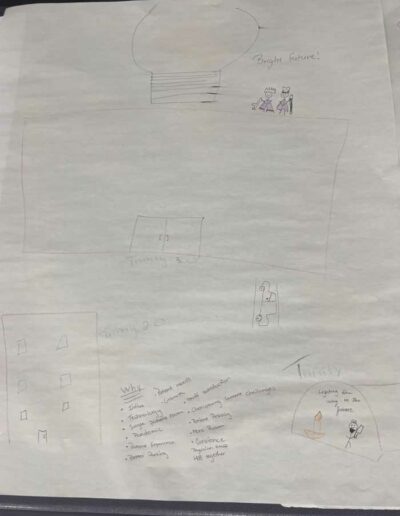
TRIANNUAL III: NOVEMBER 14-15, 2022
Block I: Leadership + Resilience
Click above to watch the Leadership video replay
Click above to view the Leadership presentation slides
What you’ll learn in this module
In this Leadership model, we’ll look back at how far we’ve come on our Leadership Quest and look ahead to the Summit we’re about to climb, we’ll focus on “The Why” behind the move to the HCMD and we’ll learn models for communicating change to our team.
How Far We've Come


To kickoff our third, in-person Triannual workshop, we took a look back at how far we’ve come.
Over the course of the past year in our Leadership Quest, we’ve reoriented our leadership focus to four core areas: resilience, engagement, experience, and innovation.
We have infused those four focuses into our 10% Secret planning, mapping our projects and goals through these focus lenses. We’ve created a new framework for our 1:1s with our leaders and direct reports who are leaders. And, we’ve dove deep into how to apply the first three focuses through our work in each of the previous Triannuals.
As we dive deep into innovation and prepare for Trinity Health’s largest innovation in a century, it’s important to acknowledge all of the growth and development we’ve had as a team and see how our small, 1% improvements everyday are adding up to a substantial difference for our own wellbeing and confidence as a leader, our ability to coach and guide our teams and improve the employee experience, and our ability to deliver world-class care and an exceptional experience for our patients.
As we look to scale the summit toward the peak of our move into the HCMD, it’s essential to celebrate all of our hard work this past year and acknowledge just how far we’ve come in our quest to be better leaders.
Why We Innovate


To set the foundation for our look into our fourth focus of a leader—innovation—we started with a high level view of why it is we innovate in the first place.
As a major buzz word in business, it’s great to get clear on the benefits of why innovation is essential to our growth and success as an organization.
We innovate to get better. We innovate to improve on our practices, improve the quality of the care we deliver, improve the experience our patients have, improve the experience of our fellow employees, to get more efficient and cost effective, to experience the value of growing and reaching new heights.
We innovate to navigate obstacles. When we’re faced with a roadblock in our work, we often innovate to find a new way to get to our desired result. Though we may not think of this re-routing as innovation, it’s coming up with a better way and a new approach because we don’t have any other choice if we want to move forward. It’s innovation by imperative.
We innovate to solve problems. The challenge of conquering a problem can be a huge motivator for innovators. The thrill of chasing an answer to a problem has led to numerous medical cures over time, but even if we’re not curing cancer or finding the next medicine to treat a novel disease, we can use innovation to solve various problems in our administrative, clinical, and leadership roles.
We innovate because it’s simply the most powerful and impactful thing we can do. In every aspect of our work as leaders in healthcare, when we innovate, we are improving and extending human life. There’s absolutely no greater calling than to help our patients thrive, and innovating in our roles—no matter what function we play in the organization—is how we deliver the best possible care and create the opportunities for our patients to live better lives.
Starting with Why


Before we embark on the quest to opening the HCMD, it’s essential to get back to the basics and “Start with Why.”
Simon Sinek demonstrated that people don’t care what you do, they care WHY you do it. Starting with why is how we can most powerfully motivate and inspire others to follow us and join us on the journey to the summit.
In all of the innovation and evolution that’s on the horizon, keeping our attention on “The Why” behind our big move to the new campus—and the why behind any change or adjustment we’ll make during our climb—will be essential to fueling our teams toward the peak.
In our drawing exercise on “The Why” behind the move to the HCMD, each table came up with incredible responses and captivating visuals to share with our teams to power them through –
- The old building served us well and allowed us to do so much more than we’d ever thought we’d do. This new building will allow us to make even more possible.
- Four generations of my family have been born at Trinity Health, and this new campus will allow us to provide service to the next several generations.
- The new campus is helping us transition from a covered wagon to a spaceship!
- The new campus will be state-of-the-art, warm, comfortable, and fresh. We’ll get to start with a clean slate and leave some recurring maintenance issues behind.
- By moving to the new campus, we’ll get to increase our efficiency and our patients will love that everything is in one location and easy to find.
- As an employee, at the new campus I’ll feel proud of where I work.
Scroll down to view “The Why” as articulated by your fellow leaders and use these ideas to help lead your team to the peak.
Scaling the Summit


In our Leadership Quest, we’re striving to continually grow, improve, and develop our skills as leaders. Those skills are going to be essential for such a time as this—for one of our greatest leadership opportunities—guiding our teams to the “Summit” of moving to the new Healthcare Campus and Medical District (HCMD).
This new campus is truly a peak moment and a once-in-a-lifetime opportunity for us. Though this climb to our summit will require much from us, it will be an exhilarating and exciting climb.
Our role as leaders will be pivotal to ensure the transition is successful and we can reach our ultimate goal of delivering world-class care to our patients.
How our teams feel about the process and how they react to the move will be dependent our our leadership abilities and guidance along the way. To lead successfully, we’ll have to employ some “mountaineering skills” to get us to the peak:
-Communication: as leaders, we must excel at communicating in a variety of ways. We must convey information that is clear and relevant, be attentive to questions and deliver difficult information when needed. We must also understand the importance of keeping the group informed and know the value of good communication.
–Risk Management: we must also have a clear understanding of the risks involved with varying situations and be able to demonstrate the skills needed to identify, communicate, and manage those risks. Especially in our work in healthcare, we must also be able to create and adhere to emergency action plans, determine others’ risk tolerances and experience levels and properly set expectations.
-Planning + Facilitation: as leaders, we must be able to facilitate the full scope of work within our department and be skilled in creation, planning and preparation and execution. We must be able to create and deliver communications, feedback, debriefs and reporting and share essential information with our teams and all other relevant stakeholders.
-Route Selection: to lead our teams, we must be deeply in tune and understand our own abilities and skills as well as the abilities and skills of our teams. Armed with this information, we can select the best methods and “routes” forward based on our group’s unique strengths.
-Mentoring + Coaching: Great leaders make more great leaders. We must be able and willing to mentor aspiring leaders, coach novices through difficult situations and deliver feedback in a way that is positive and helpful. Both mentors and coaches excel in building trusting relationships, asking powerful questions, deep listening and giving constructive feedback.
Leaders Go First


With the great climb before us, one final reminder is that as leaders, we must go first.
We must, as John C. Maxwell says, know the way, go the way, and show the way.
To be most effective in our leadership, our personal example and credibility will be key.
We must believe in ourselves first before we can ask our teams to be confident in their own capabilities.
We must set expectations of ourselves first before we ask of great feats from our teams.
We must keep our commitments first before we work to hold our teams accountable.
“Go First” leadership also means that we know and believe everything worthwhile is uphill. We know that the effort required to reach the summit will be worth it, despite the personal and emotional cost.
We step up to climb the hill first. We set a powerful example for those we lead and invite our teams to follow.
And , we never stop climbing. We never stop looking for the next improvement, the next innovation, the next summit to climb. We commit to continual progress in our quest to be great leaders.
Setting Your Anchors: Communicating Change


One of our key anchors we need to place as we scale to the summit is using meaningful communication touchpoints.
Language and communication are vital tools for getting our team to the peak. As leaders, we must keep a positive focus as we climb and avoid getting stuck in the negative, we must focus on our singular vision and how we can find a way to accomplish it and we must innovate around obstacles and focus on what we can do when we run into roadblocks.
In our workbook we worked to “Say This, Not That” and reframe situations such as open positions, shift changes, construction delays, budget cuts, and new technology. Practicing how to communicate these obstacles in a positive, “can-do” perspective will help us better compel our team to keep climbing to the peak.
Two additional tools from our workbook helped us communicate both change that is happening no matter what and change that is necessary, but no plan forward yet exists.
KEY IDEA: For all types of change, our team wants to be included and know that change is happening through them rather than to them.
Page 5-6 of the workbook gave a guide with five questions to prepare for change that is happening no matter what:
1. List the change to be communicated
2. What is “The Why” behind the change?
3. What is positive about the change?
4. What concerns do we have about the change?
5. Can our concerns be solved? If so, how?
And, when change is necessary, but no plan exists yet, we have six questions on page 7 of our workbook to use with our team to chart our course forward:
1. Aspire: Where do we want to go?
2. Assess: How ready are we to go there?
3. Architect: What must we do to get there?
4. Act: How do we manage the journey?
5. Advance: How do we continue to improve?
6. Advocacy: Who needs to be at the table to help solve this problem?
Working through these questions will help you properly include your team to help gain buy-in and acceptance of the changes and move forward as a united team.
WORKBOOK AND PLANNER
Integrating What We’ve Learned
FY2023 Planner

Access a digital download of the FY2023 Planner with all yearly, quarterly, and monthly planning pages from July 1, 2022 – June 30, 2023.
LEADER-TO-LEADER

Download the Leader-to-Leader Update and Leader-to-Leader Agenda to prepare for your 1:1 meetings with your leader and direct reports.
FY2023 FILLABLE PDF PLANNER
If the paper planner isn’t as convenient for you, try using this digital, fillable pdf to work through your quarterly, monthly, and annual planning.
Click here to download.
FY2023 DAILY PAGES
Intentionally make room for the four focuses of a leader and commit to strategy with timeblocking your big three and top priorities with the daily pages for FY2023.
Click here to download.
TRIANNUAL III WORKBOOK
Revisit the exercises from Triannual III, helping to process and integrate what you’ve learned about Engagement and Experience with the Triannual III workbook.
Click here to download.
TRIANNUAL III: CONTENT
Leadership + Resilience, Leading Innovation, Trinity Innovation, Innovation in Action
Block I: Leadership + Resilience
In this Leadership model, we’ll look back at how far we’ve come on our Leadership Quest and look ahead to the Summit we’re about to climb, we’ll focus on “The Why” behind the move to the HCMD and we’ll learn models for communicating change to our team.
Block II: Leading Innovation
In this Leading Innovation module, we’ll discuss how to overcome resistance to change and how to give delicate feedback and have difficult conversations. We’ll also discuss what innovation looks like at Trinity Health and create our Day 1 Action Plan.
Block III: Trinity Health Innovation
In this Trinity Innovation module, we’ll discuss our biggest innovation in a century—our move to the HCMD campus in the spring. We’ll hear from the Senior Leaders about improvements at the new campus and get our questions about the transition answered.
Block IV: Innovation in Action
In this Innovation in Action module, we discuss frameworks for innovation and create our six month transition gameplan. We’ll map milestones and key events, create our resilience plan, learn how to do a weekly mental download, and choose our big rocks.


